Now I'll write the content following the specific format and guidelines provided, making sure each paragraph is 90-110 words, has engaging opening sentences, includes actionable advice, and maintains a natural, motivational tone.Modern gardeners are embracing innovative approaches that blend beauty, sustainability, and functionality in their outdoor spaces. Today's garden trends reflect a growing focus on climate adaptation, native ecos ystems, and creating deeply personal environments that serve multiple purposes while nurturing both people and wildlife. Whether you're working with a sprawling backyard or a compact balcony, these twenty garden ideas offer practical solutions that align with current gardening movements while delivering lasting beauty and productivity. From space-maximizing vertical displays to calming wellness retreats, each concept provides opportunities to create meaningful connections with nature while addressing modern challenges like water conservation, limited space, and busy lifestyles. Your perfect garden awaits discovery through these inspiring approaches.
1. Sustainable Native Plant Gardens for Climate Resilience
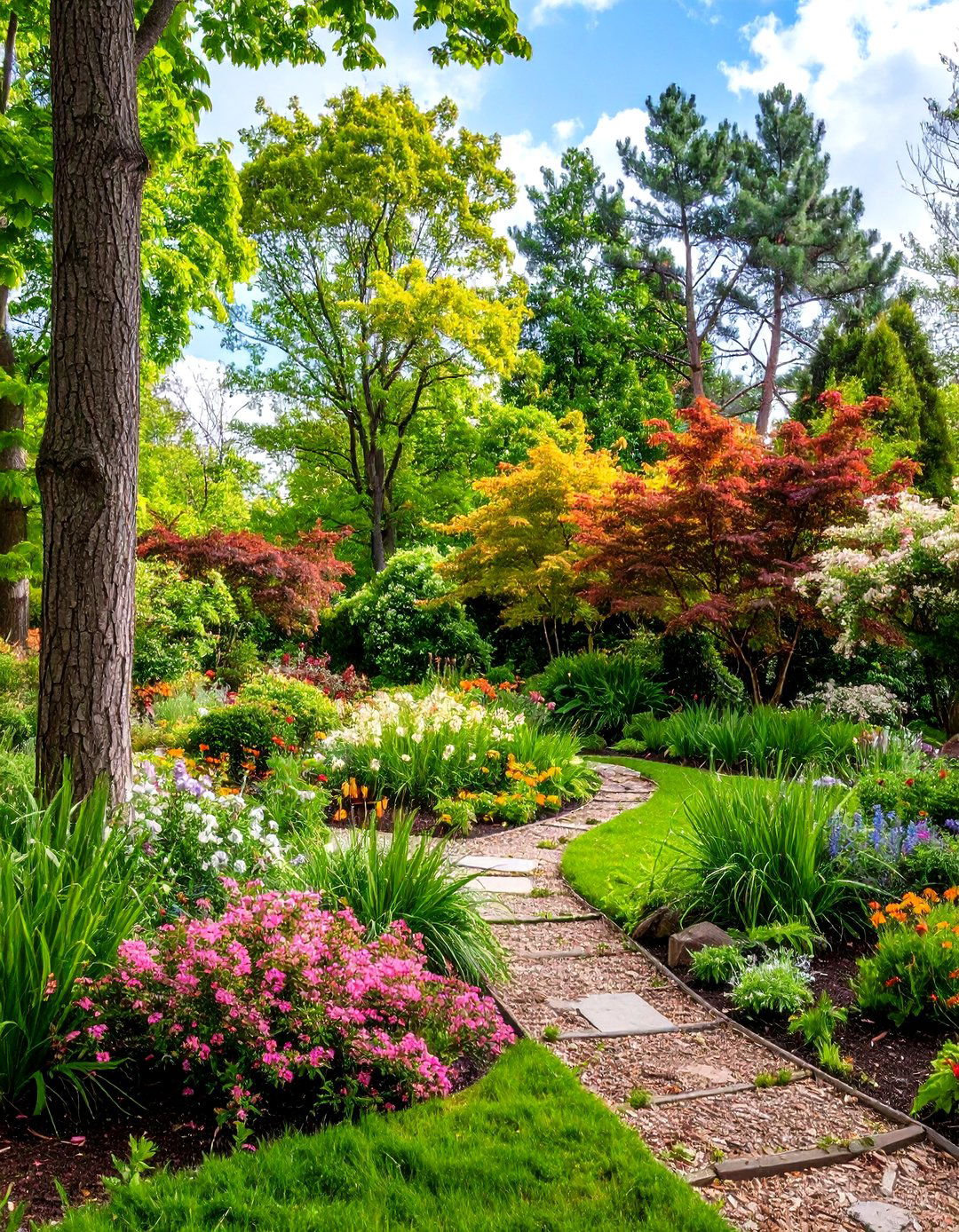
Gardeners are embracing new approaches to gardening with traditional methods being updated, along with a fresh perspective on prioritizing the needs of wildlife and implementing sustainable practices that nurture local ecosystems. Native plant gardens offer the perfect solution for creating beautiful, low-maintenance landscapes that support your local environment. These gardens naturally require less water, fertilizer, and pest control while providing essential food and shelter for birds, butterflies, and beneficial insects. Start by researching plants indigenous to your region and design around their natural growing patterns. Choose a mix of native trees, shrubs, perennials, and grasses to create layers that mimic natural ecosystems, ensuring year-round interest and habitat value.
2. Multi-Functional Container Gardens for Modern Living
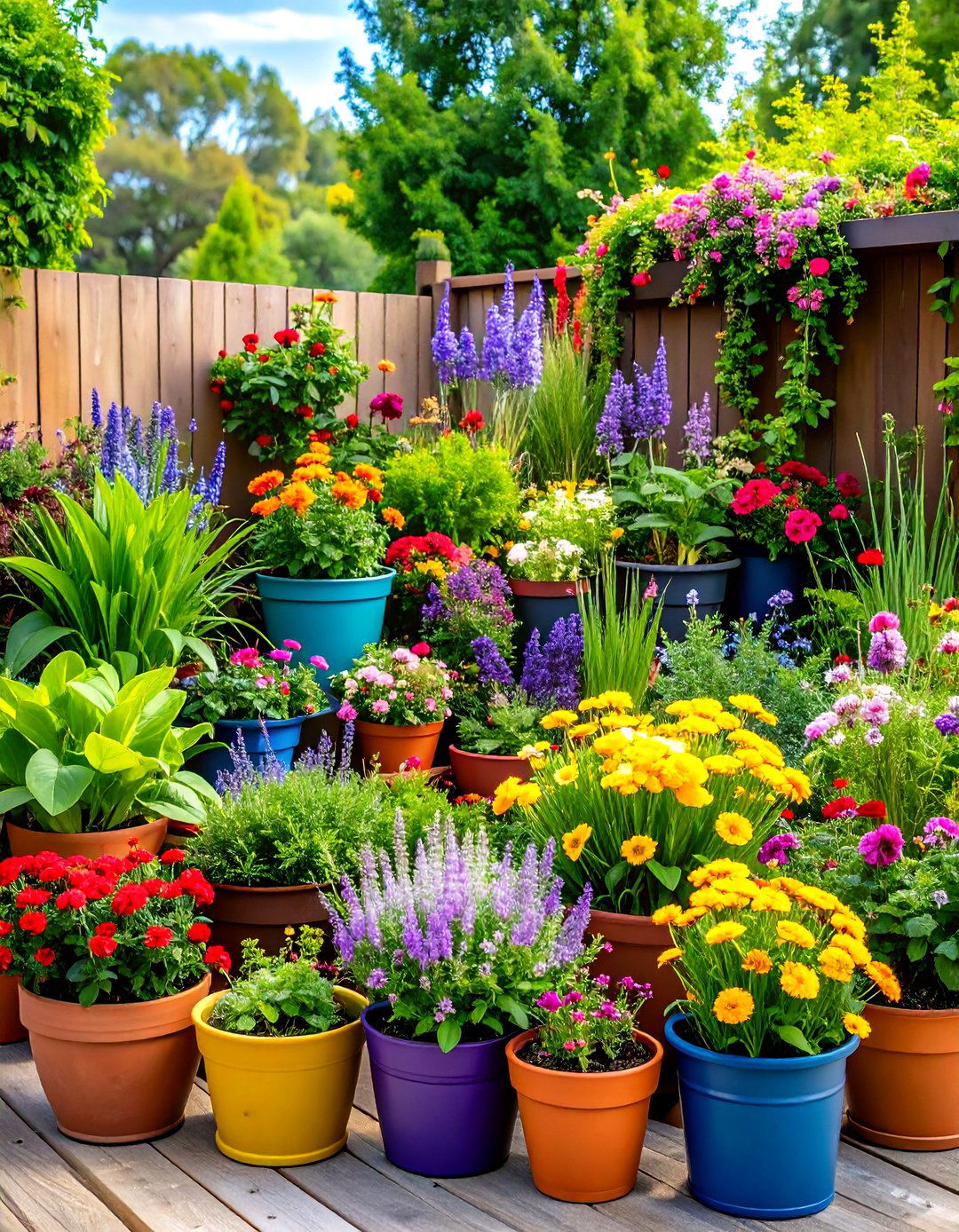
Container gardening is easy, fun and great for even the smallest gardens, allowing you to grow flowers, food and more in containers. Container gardens solve space challenges while offering incredible flexibility for urban and small-space gardeners. These beginner-friendly container gardens are easy to put together and will only take an hour or two of your time from start to finish, requiring minimal upkeep to keep them looking stunning. Mix edible herbs with colorful flowers, combine different textures and heights, and choose containers that complement your outdoor décor. Use lightweight, weather-resistant planters that can be rearranged seasonally. Group containers of varying sizes together for visual impact, and remember that larger pots retain moisture better and provide more root space for healthier plants.
3. Vertical Garden Solutions for Space Maximization
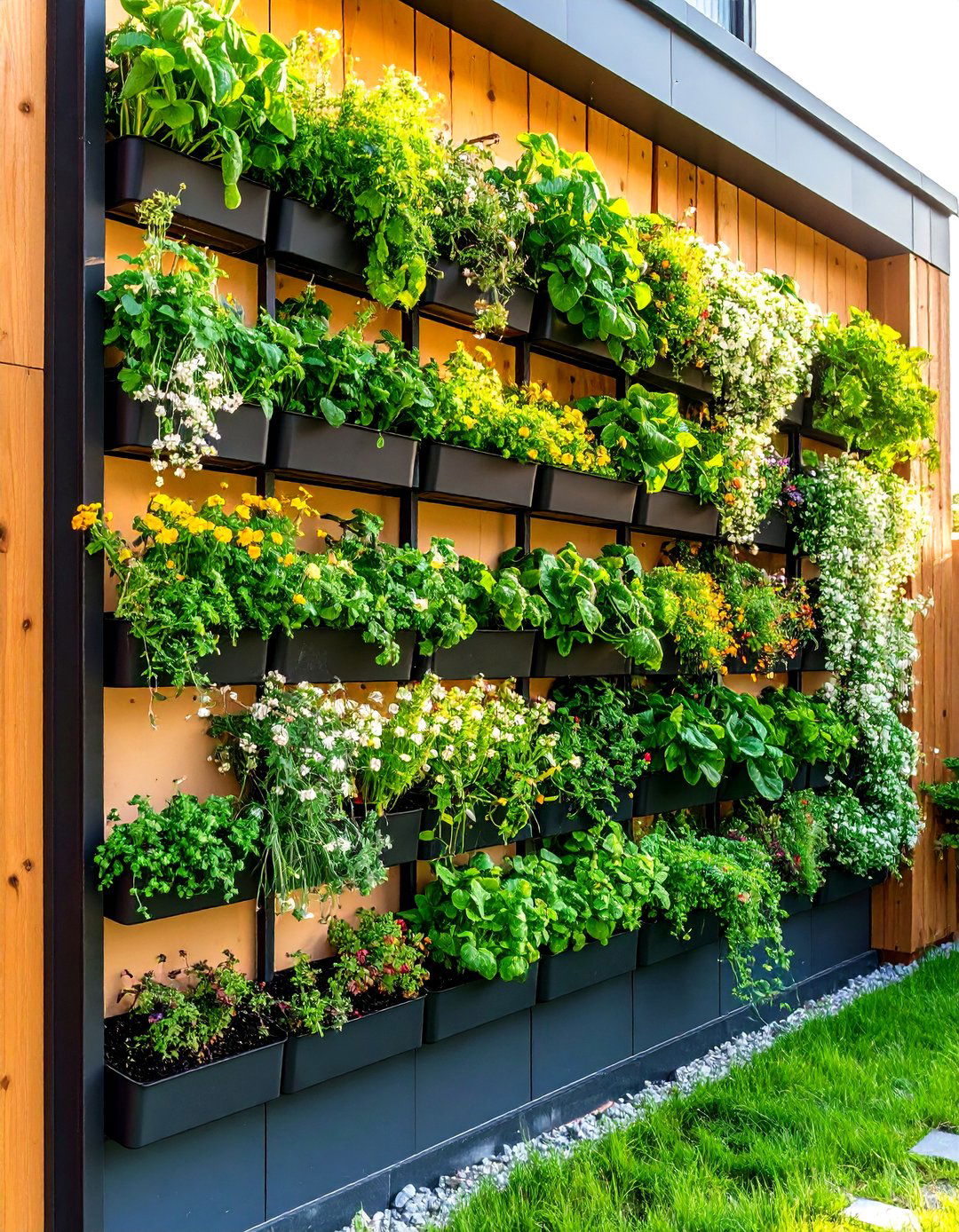
With lot sizes shrinking and more people living in condos and apartments, every inch of space is at a premium, and vertical gardening is a way to maximize a small garden space or underused feature. Vertical gardening helps to maximize space by growing plants upwards instead of allowing them to ramble around on the ground, creating visual interest using different heights, containers, and colors. Install trellises, wall planters, or living wall systems to transform bare walls into productive growing spaces. Choose climbing plants like peas, beans, cucumbers, or flowering vines for food and beauty. Consider modular pocket planters that can expand as your garden grows, and ensure proper irrigation access since vertical gardens dry out faster than ground-level plantings.
4. Small Space Garden Design with Maximum Impact

Small gardens have a lot more potential than you may realize, and with the right design, even a 40-foot by 20-foot outdoor area could be an incredible garden. The most important first step when designing a small garden is determining what is the single most important thing you want from your outdoor space. Use design tricks like diagonal pathways, curved borders, and strategic focal points to create the illusion of larger space. Choose plants that provide multiple seasons of interest, and maintain a ratio of approximately 50% planting to 50% hardscaping for balance. Employ cooler colors (blues, purples) to make spaces feel larger, and use repetition of key plants or materials to create cohesion without clutter.
5. Practical Herb Gardens for Culinary Excellence
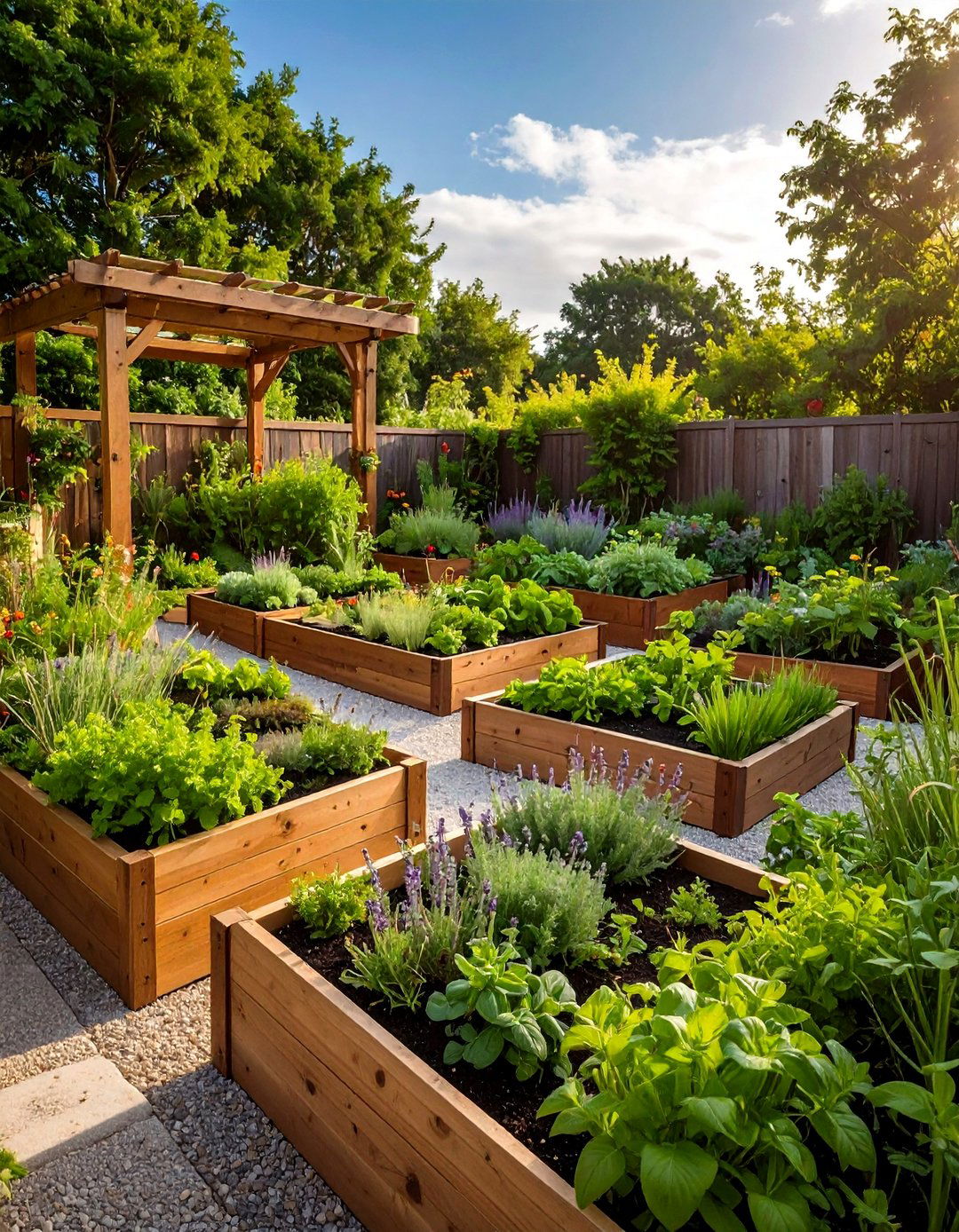
Most herbs are smaller plants with shallow root systems, making herb gardens a perfect introduction to kitchen gardening that work in any small space like a patio, front porch, or even a balcony of a high-rise apartment. Position your herbs as close to your kitchen as possible so they're readily available to pick when you're cooking. Design your herb garden with accessibility in mind, ensuring you can easily reach all plants for harvesting. Group herbs with similar water and sun requirements together, and consider creating themed sections like Mediterranean herbs, Asian cooking herbs, or tea herbs. Use attractive containers or raised beds near the kitchen door, and remember that regular harvesting encourages bushier growth and continuous production throughout the growing season.
6. Pollinator Gardens for Wildlife Support
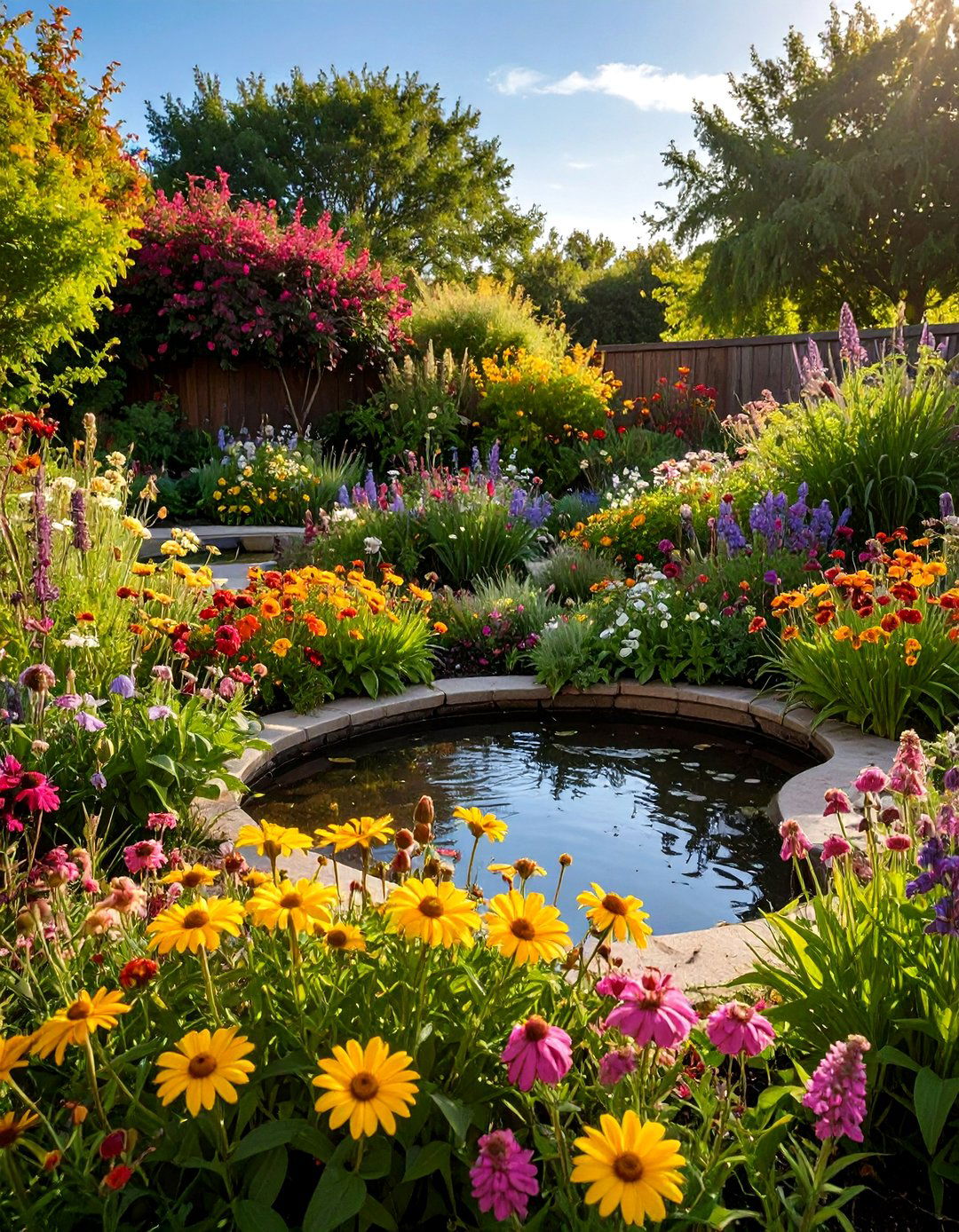
There is a noticeable shift toward incorporating pollinators into the garden that can attract bees, butterflies, birds, and other wildlife as homeowners become more tuned into the environment. Creating dedicated pollinator gardens helps support declining bee and butterfly populations while adding continuous color and movement to your landscape. Plant a succession of blooming flowers from early spring through late fall, focusing on native species that provide nectar and pollen. Include host plants for butterfly caterpillars, create shallow water sources, and avoid pesticides. Group similar plants in clusters rather than single specimens, and leave some areas "messy" with seed heads and plant debris for overwintering beneficial insects.
7. Modern Meadow Gardens for Natural Beauty
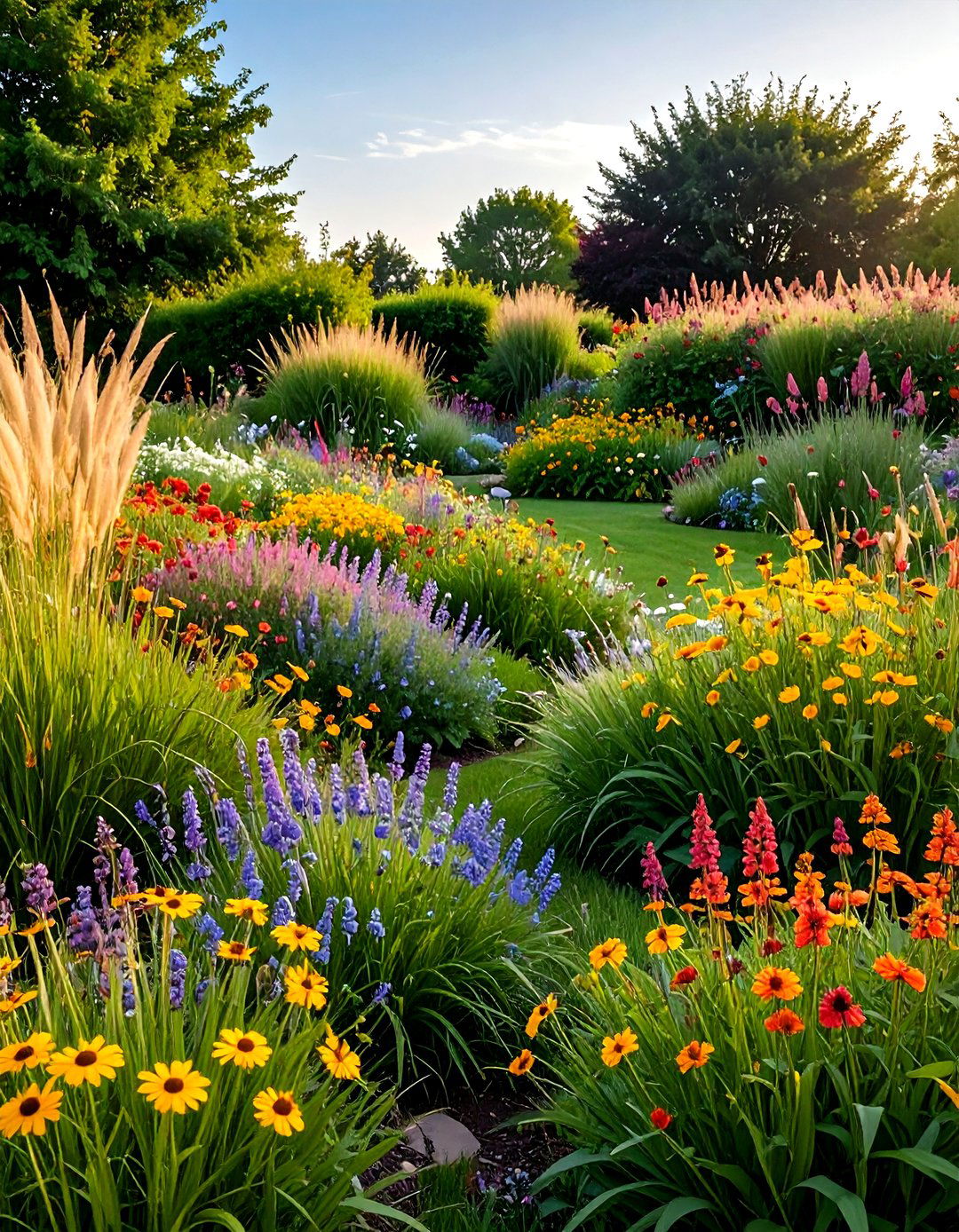
Homeowners are craving a more natural look in the garden with a less structured, more naturalistic appearance that relies heavily on perennials with different bloom times, creating designs that are a full sensory experience. The design aesthetic emphasizes a more relaxed feel that's heavy on color, movement, and native plants to attract pollinators and birds. Replace traditional lawn areas with informal plantings that mimic natural meadows and prairies. Choose a mix of grasses and wildflowers that bloom in succession, creating waves of color throughout the seasons. These gardens require minimal maintenance once established, need less water than traditional landscapes, and provide habitat for wildlife. Start with a smaller area to test plant combinations before expanding.
8. Water-Wise Gardens for Drought Resilience
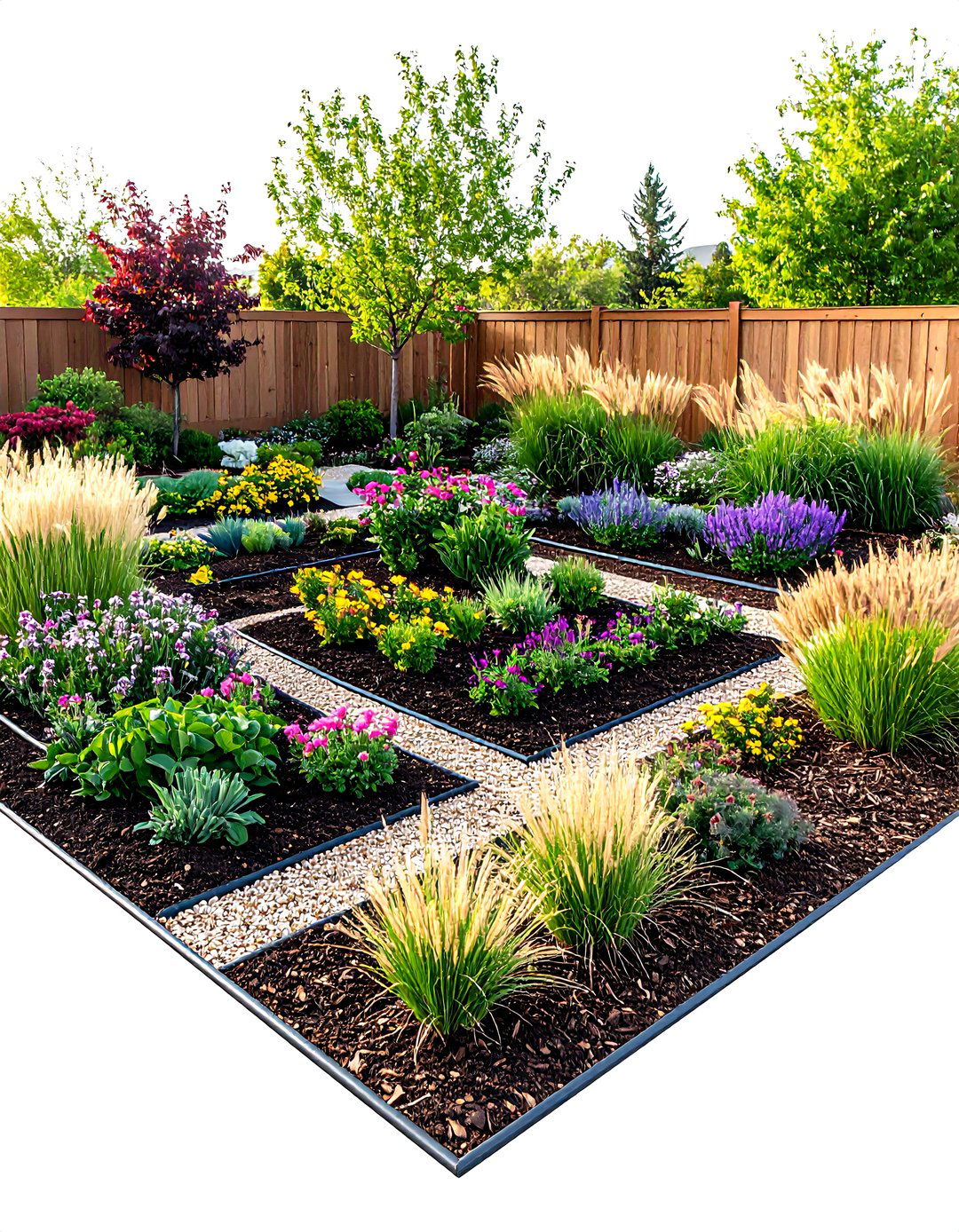
Many drought-tolerant plants offer lush, leafy foliage and vibrant blooms, making them ideal choices for those wanting to reduce water usage while still having the flower-filled garden they crave. Plants that don't require tons of water are becoming increasingly popular with gardeners, whether you're concerned about drought or you just don't want to have to coddle your plants. Design with water conservation in mind by grouping plants with similar irrigation needs and choosing species adapted to your climate. Incorporate drought-tolerant perennials, ornamental grasses, and shrubs that provide year-round structure. Use mulch to retain soil moisture, install drip irrigation for efficiency, and consider rain gardens to capture and utilize natural precipitation. These gardens become more beautiful and resilient over time.
9. Indoor-Outdoor Living Garden Spaces
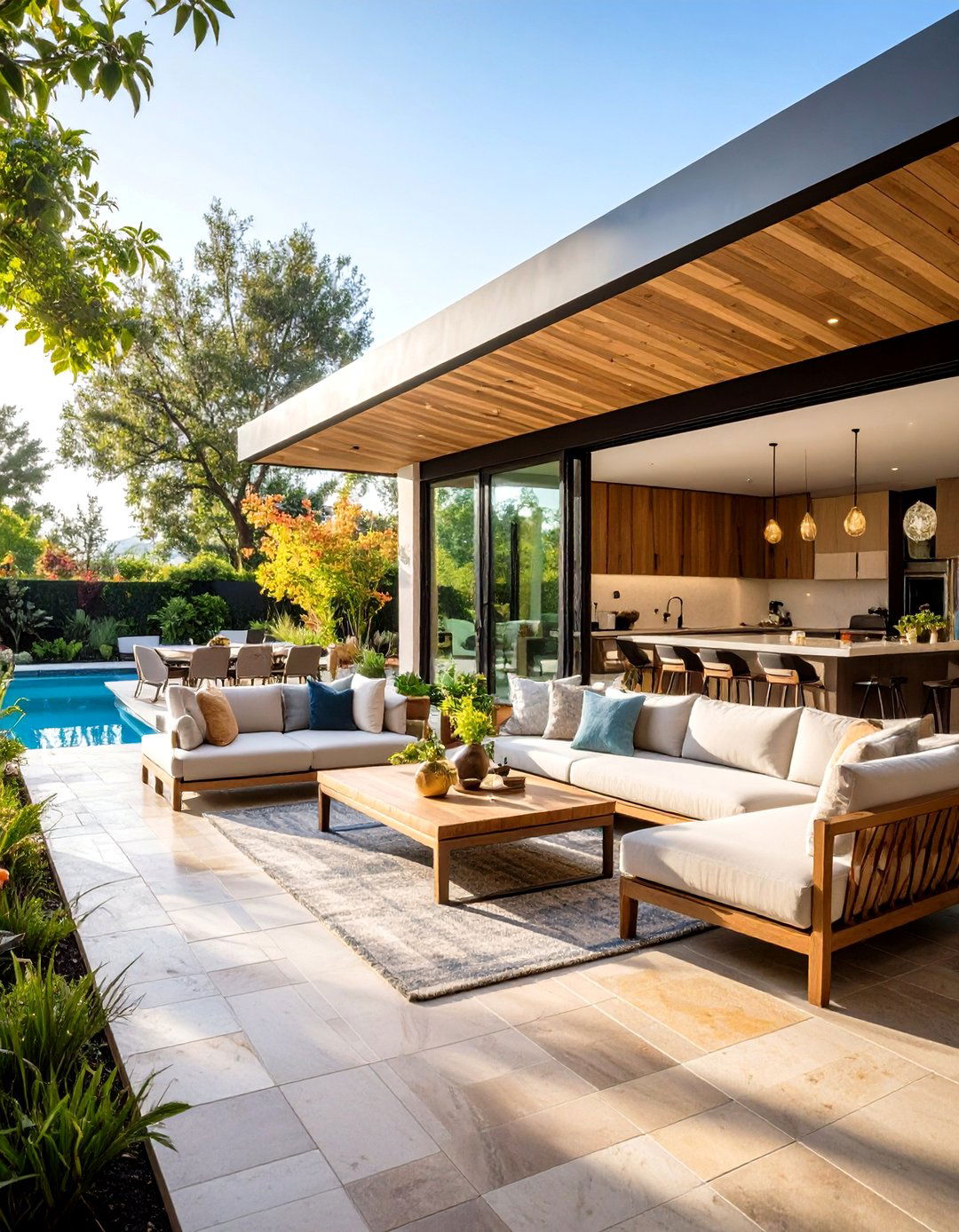
We're seeing a strong movement towards seamless indoor-outdoor living, with natural stone playing a central role and textured, organic materials dominating garden design to blur the lines between nature and architecture. The indoor-outdoor living approach is rising as people look to connect more with nature. Create outdoor rooms that extend your home's living space with comfortable seating areas, outdoor kitchens, and dining spaces surrounded by lush plantings. Use consistent materials and color palettes that flow from inside to outside, incorporate weather-resistant furniture and lighting, and design clear sight lines between indoor and outdoor spaces. Add privacy with living screens, incorporate water features for ambiance, and ensure easy maintenance so you can focus on enjoying your expanded living area.
10. Cutting Flower Gardens for Seasonal Displays
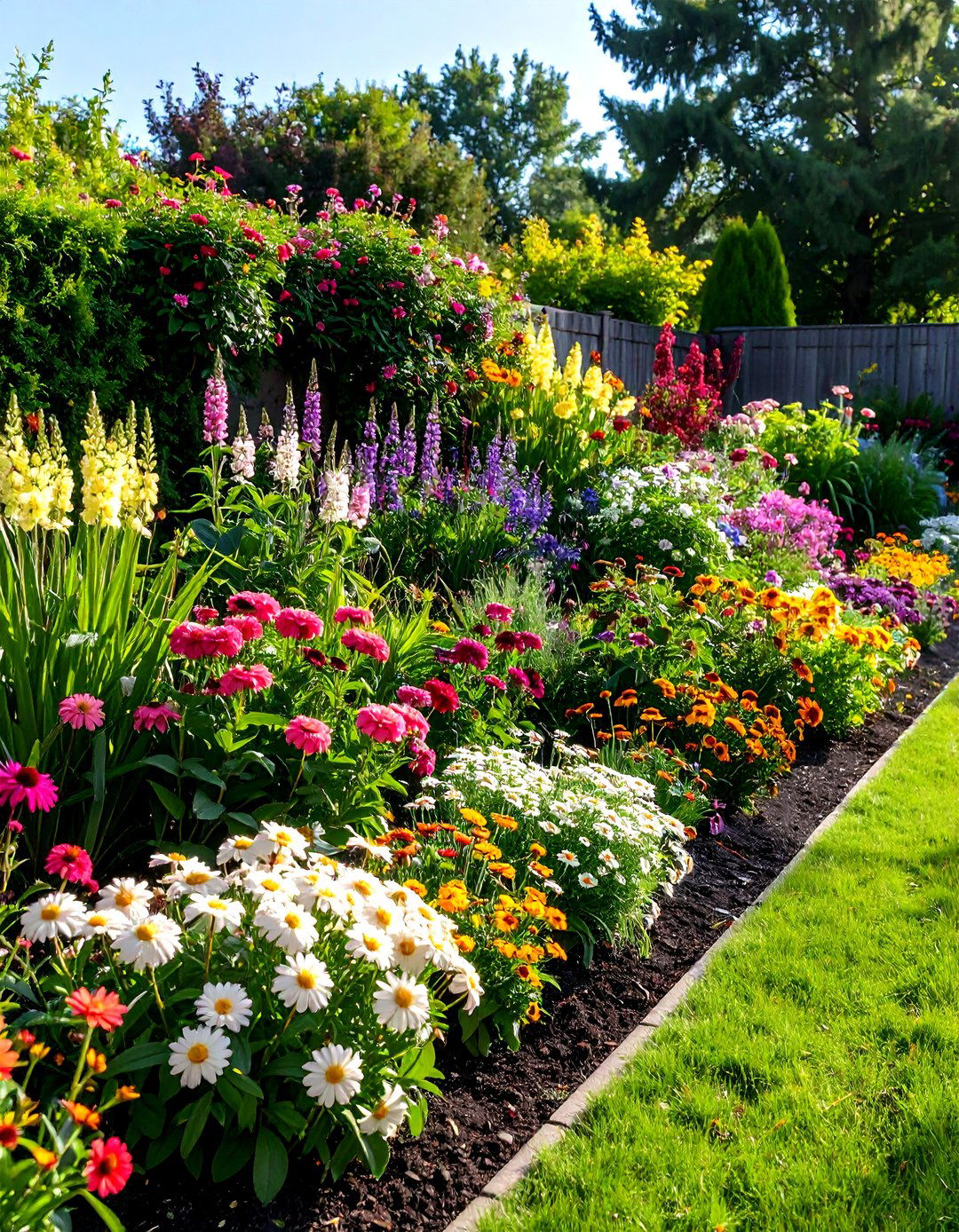
The popularity of a cutting border is growing as more people seek sustainable ways to enjoy fresh flowers indoors, using bulbs and perennials like gladioli and dahlias, lupins, Shasta daisies, and asters. Wild cutting gardens transport us to another place and the focus is on gardens that make us smile. Design dedicated areas for growing flowers specifically for indoor arrangements, reducing the cost of store-bought bouquets while ensuring fresh blooms throughout the season. Plant a mix of annuals and perennials that bloom at different times, include foliage plants for texture, and choose flowers with good vase life. Arrange plants in rows for easy access and harvesting, succession plant annuals for continuous blooms, and don't forget to include fragrant varieties for added sensory pleasure.
11. Edible Ornamental Gardens for Beauty and Function
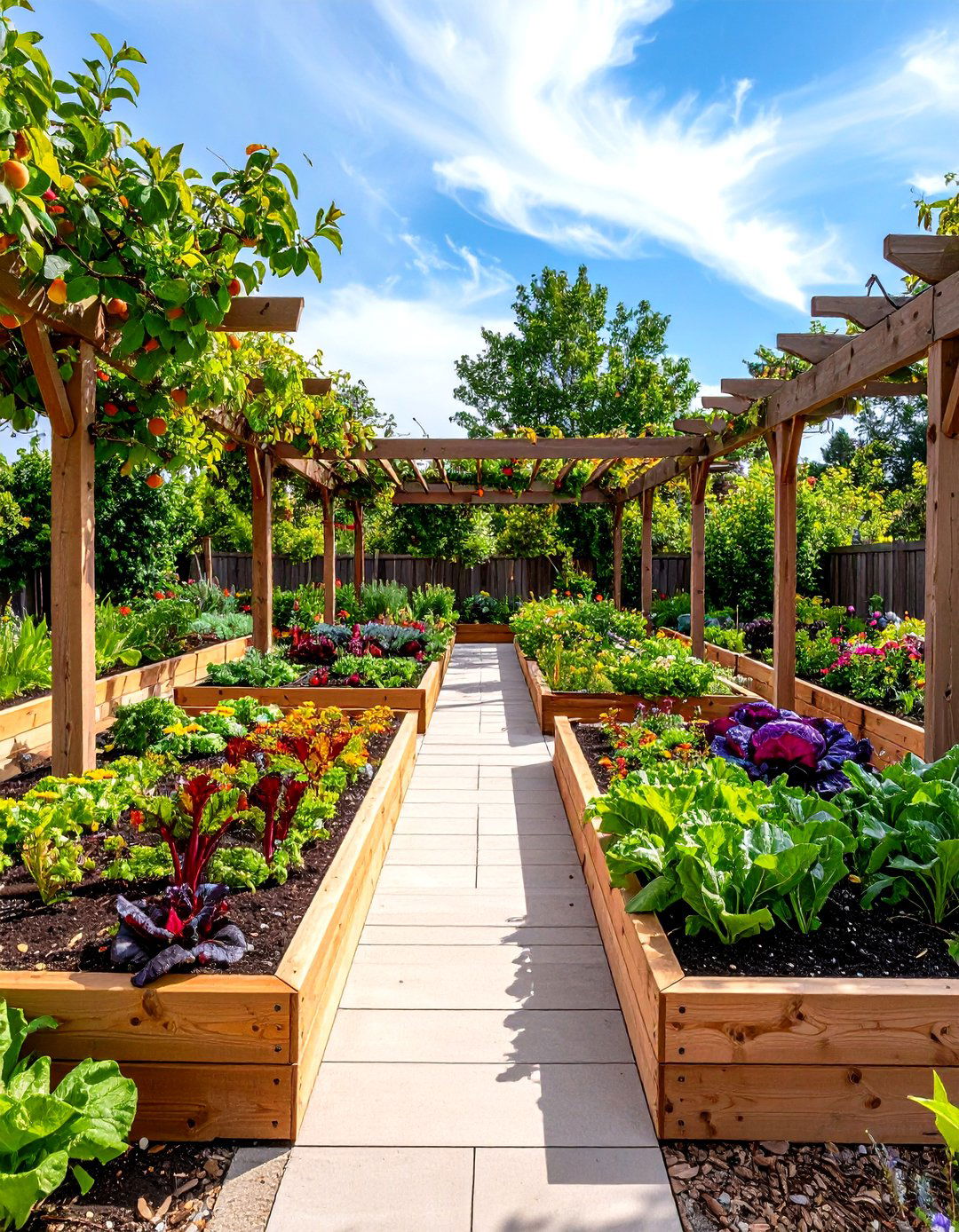
The RHS predicts fruit trees, edible shrubs and perennial vegetables coming to the fore due to their ability to suit smaller gardens while performing ornamental and productive duties. Blending aesthetics with functionality, clients are increasingly seeking expansive, productive gardens where they can cultivate their own fruits, vegetables, herbs, and flowers. Combine food production with ornamental appeal by choosing edible plants that offer beautiful flowers, colorful foliage, or interesting forms. Include espaliered fruit trees, colorful vegetables like Swiss chard and purple cabbage, and flowering herbs that attract beneficial insects. Design raised beds with attractive materials, incorporate pathways for easy access, and remember that many edible flowers add both beauty and unique flavors to your garden and kitchen.
12. Low-Maintenance Rock Gardens for Texture
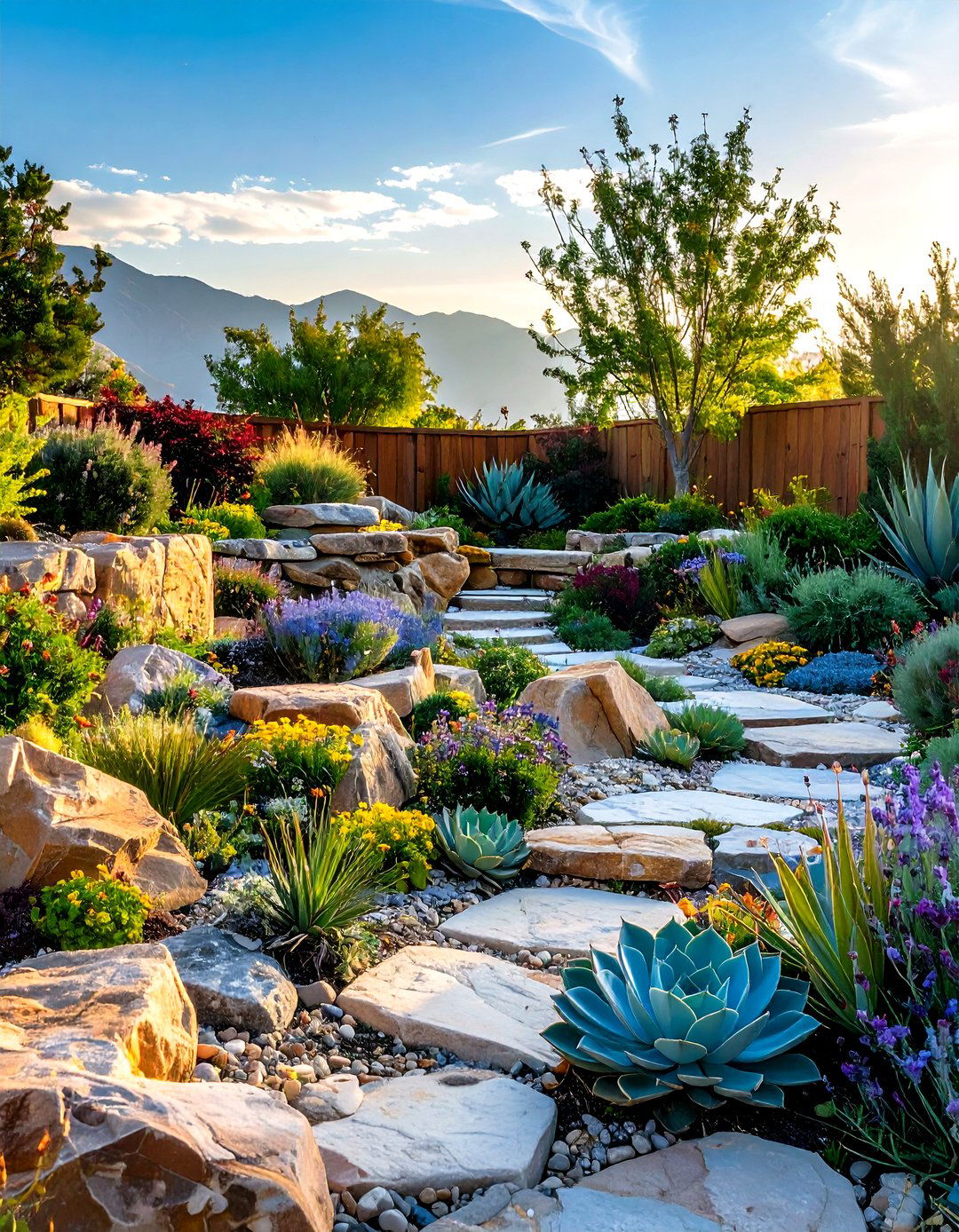
Rock gardens thrive with drought-tolerant plants like succulents, cacti, and low-growing perennials, and they're ideal for busy homeowners as they don't need much water or maintenance. Rock gardens pair beauty with purpose, offering habitat for wildlife and a dynamic, low-maintenance aesthetic whether as a focal point or cohesive element. Create dramatic landscapes using various stone sizes, colors, and textures combined with drought-tolerant plants that complement the rocky environment. Choose plants with interesting forms and textures like ornamental grasses, sedums, and alpine plants that thrive in well-draining conditions. Build proper drainage layers, select stones that reflect your local geology, and remember that rock gardens look best when they appear naturally occurring rather than obviously constructed.
13. Seasonal Container Displays for Year-Round Interest
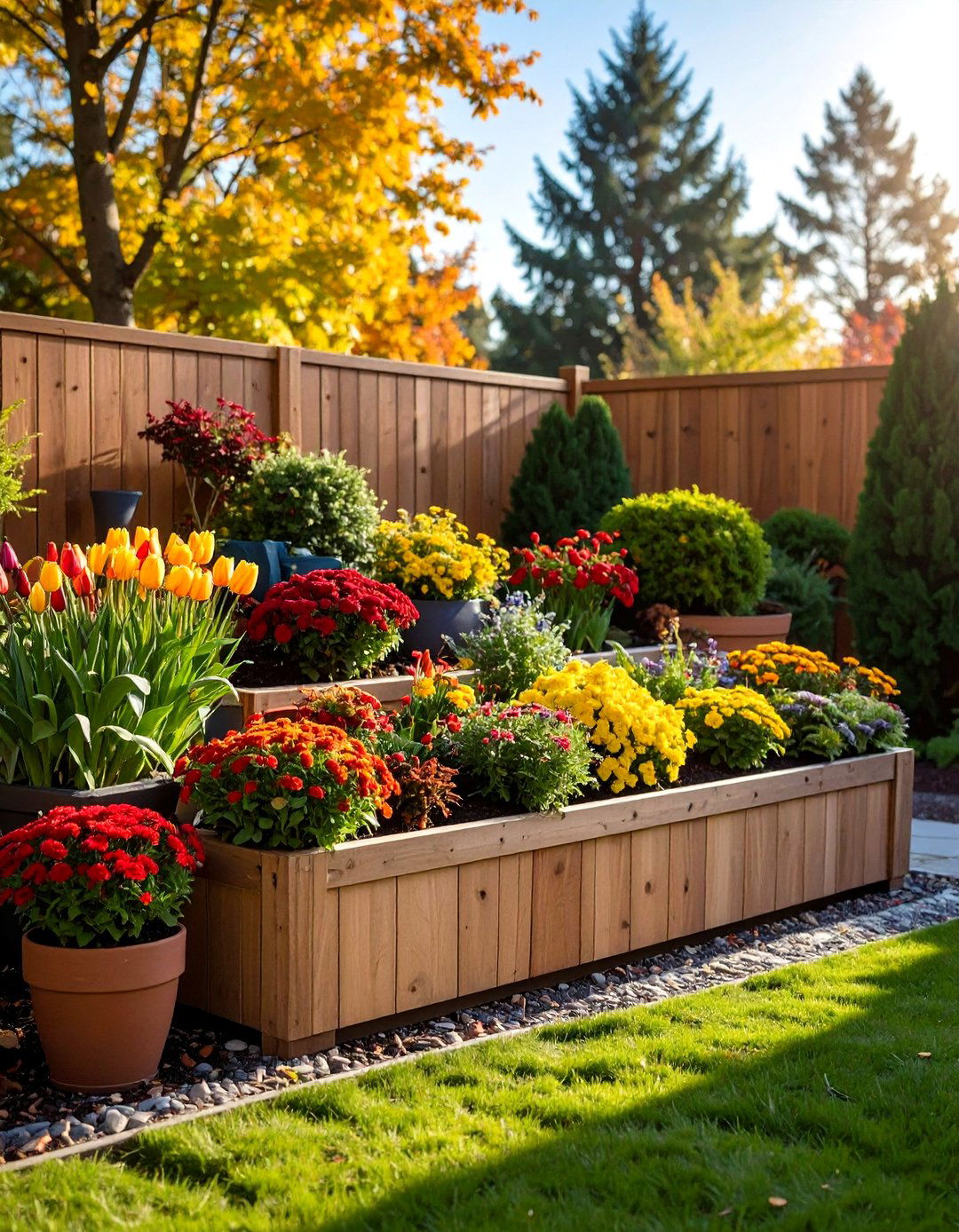
Seasonal tulip displays will be better off planted in pots than in the ground, making seasonal color impact easily achievable in gardens of all sizes from the smallest tabletops to patios. To truly celebrate the joy of container gardening, take time to change your containers to reflect the season's colors. Design container arrangements that can be refreshed throughout the year, providing continuous color and interest even in the smallest spaces. Plan spring bulbs, summer annuals, fall mums and ornamental peppers, and winter evergreens with colorful berries. Use quality potting mix, ensure proper drainage, and choose containers large enough to accommodate seasonal plantings. Store off-season containers in protected areas, and consider having multiple sets ready to rotate as seasons change.
14. Wellness Gardens for Mental Health Benefits
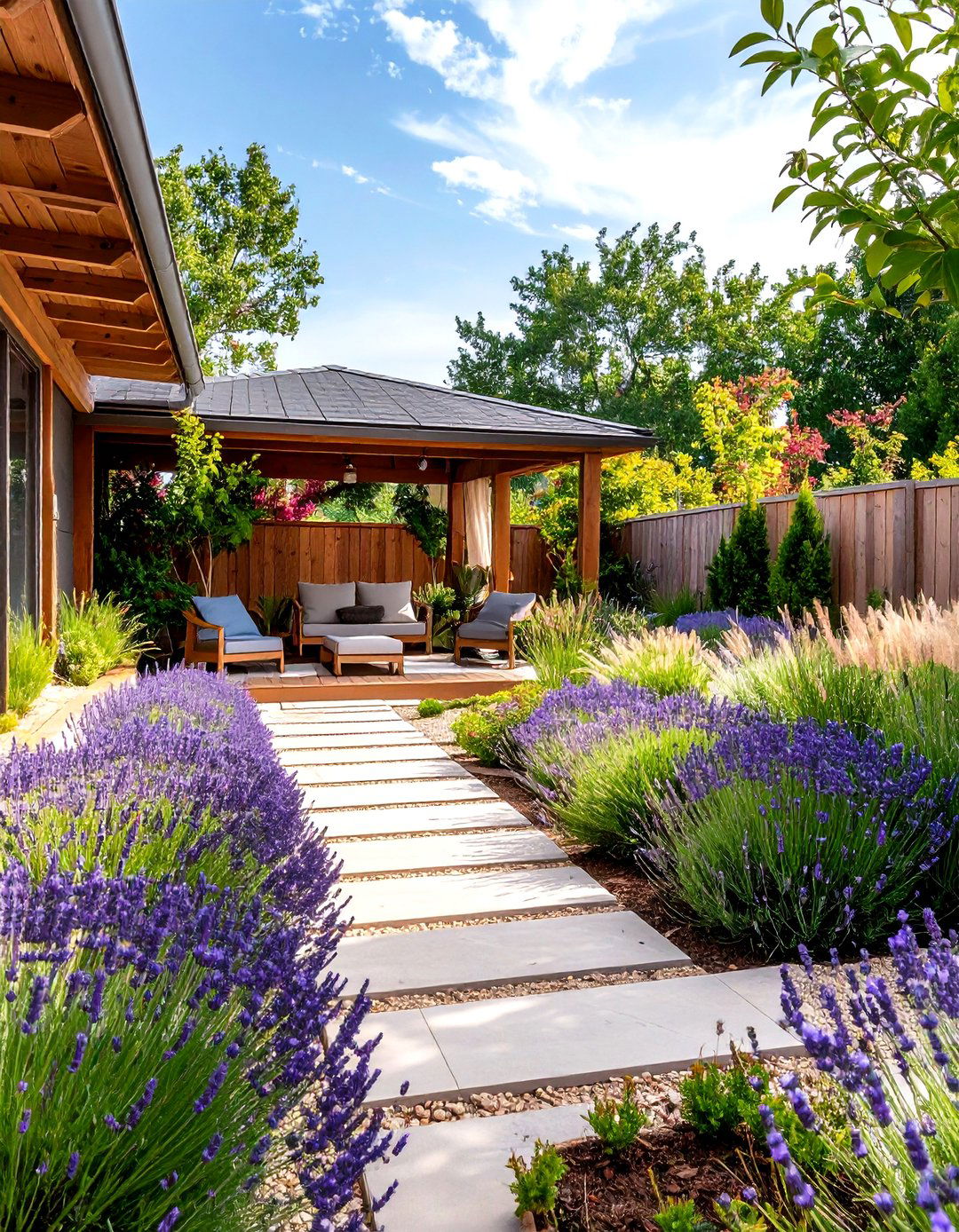
Wellness gardens are emerging as tranquil retreats, designed to nurture relaxation and calm within the landscape, creating destinations accessible by way of lush greenery and soft groundcover underfoot. With busy schedules and hectic lifestyles, people have started wanting a place to escape to, with sanctuary gardens featuring plants that enliven the senses like lavender and ornamental grasses. Create dedicated spaces for meditation, yoga, or quiet contemplation using plants known for their calming properties and sensory appeal. Include fragrant herbs like lavender and rosemary, soft ornamental grasses that move in the breeze, and comfortable seating areas surrounded by lush plantings. Design pathways that encourage slow walking, incorporate water features for soothing sounds, and choose muted color palettes that promote relaxation and peace.
15. Living Wall Gardens for Vertical Impact

Living walls typically used in public or corporate settings can also be used in residential landscapes, utilizing growth medium of soil, substrate, or hydroponics with built-in irrigation systems. Imagine creating a beautiful living wall covered in plants that could decorate walls, fences, windows, driveways, balconies, or even rooftops. Transform bare walls into stunning vertical gardens using modular planting systems that create dramatic focal points while maximizing growing space. Choose appropriate plants for your wall's sun exposure, install proper irrigation systems to ensure even water distribution, and select lightweight growing media to reduce structural load. Start small with pocket planters or pre-made systems before attempting custom installations. Include a mix of trailing, upright, and flowering plants for visual interest, and remember that maintenance access is crucial for long-term success.
16. Technology-Enhanced Smart Gardens
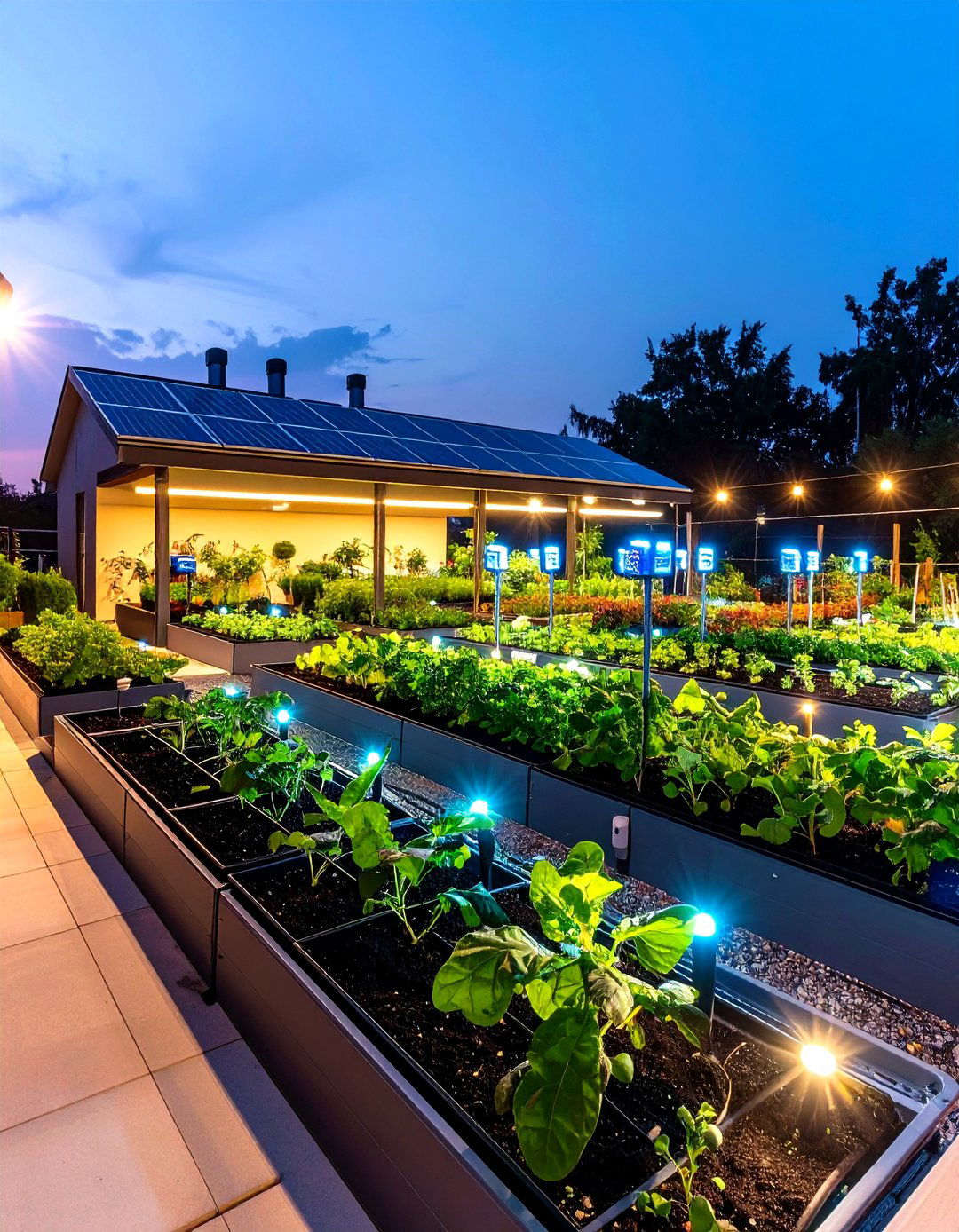
Technology is becoming an integral part of gardening, with smart watering devices making gardening more accessible than ever, including app-controlled irrigation systems and soil sensors that notify when plants need water. Modern gardens benefit from technological integration that simplifies maintenance while improving plant health and water efficiency. Install smart irrigation controllers that adjust watering based on weather conditions, use soil moisture sensors to prevent over- or under-watering, and consider LED grow lights for extending growing seasons. App-controlled systems allow remote monitoring and adjustment, while weather stations provide hyperlocal climate data. Start with simple technologies like programmable timers before investing in more complex systems, and always have manual backup options for critical garden functions.
17. Microgreen Indoor Gardens for Fresh Nutrition
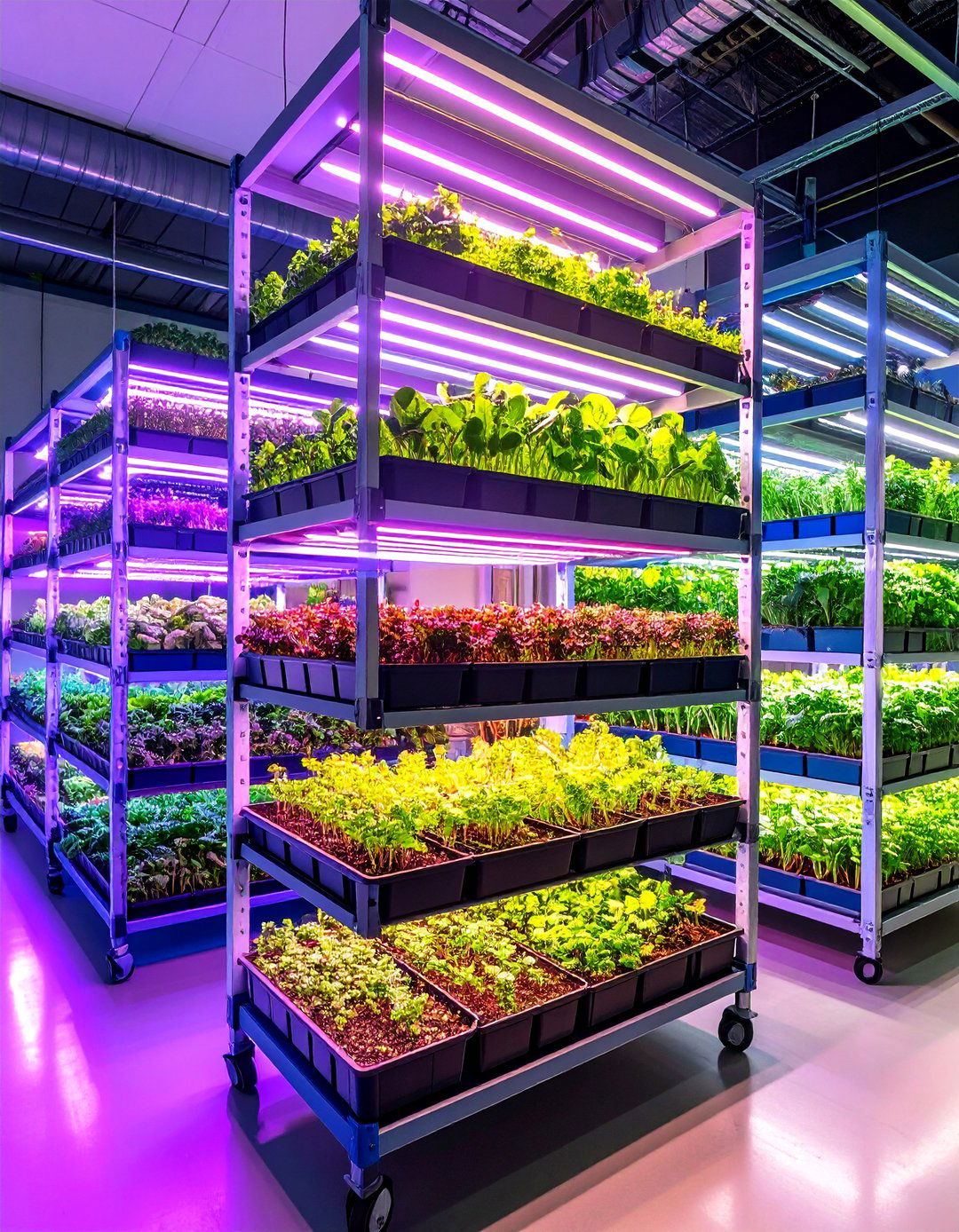
Gardening is no longer only for those with large yards, as even apartment-dwelling gardeners can maximize their growing space with vertical gardens, standing planters, microgreens kits, and hydroponic gardens. Creating gardens that thrive in everything from small glass terrariums to large-scale greenhouses is predicted to make a comeback this year. Create productive indoor growing systems that provide fresh, nutrient-dense greens year-round regardless of outdoor space or climate limitations. Set up dedicated growing areas with proper lighting, use high-quality seeds specifically for microgreen production, and establish harvesting cycles for continuous production. Choose easy-to-grow varieties like radishes, peas, and sunflowers to start, maintain proper air circulation to prevent mold, and harvest at peak nutrition when the first true leaves appear. These compact gardens provide maximum nutrition in minimal space.
18. Community Social Gardens for Connection
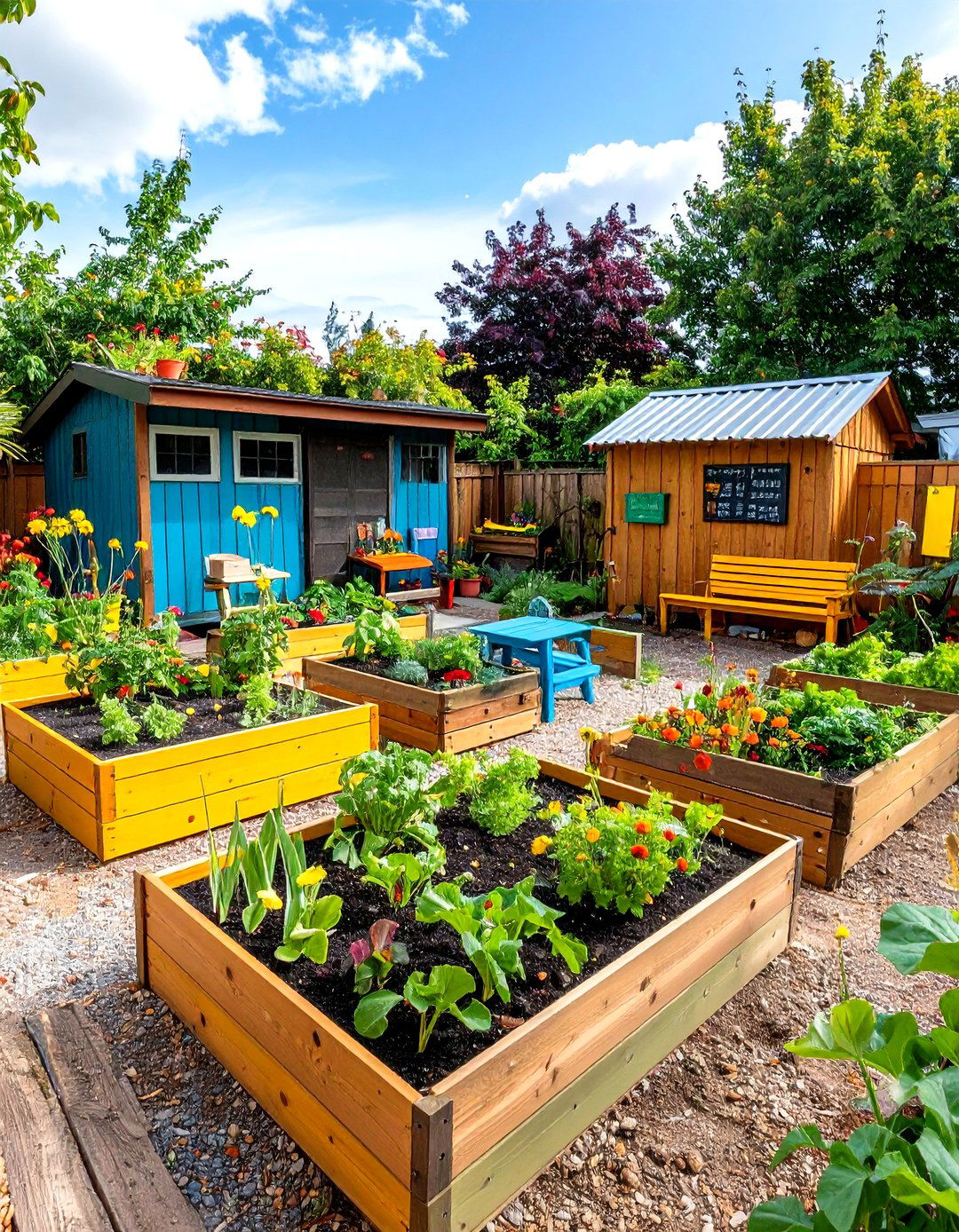
Communities are investing in shared orchards and garden spaces that promote connection and wellness through homegrown abundance. Gardens can serve as sanctuaries for creativity, self-expression, and connection, with each garden as unique as the individual it serves. Design garden spaces that bring people together through shared growing experiences, educational opportunities, and communal harvests. Create separate plots for individual families while including shared common areas, tool storage, and gathering spaces. Include children's areas with easy-to-grow plants, establish clear guidelines for organic practices, and organize regular community events like plant swaps and harvest festivals. Consider adding benches, bulletin boards for communication, and demonstration areas for teaching sustainable gardening practices to strengthen neighborhood connections and knowledge sharing.
19. Fire-Resistant Landscape Gardens for Safety
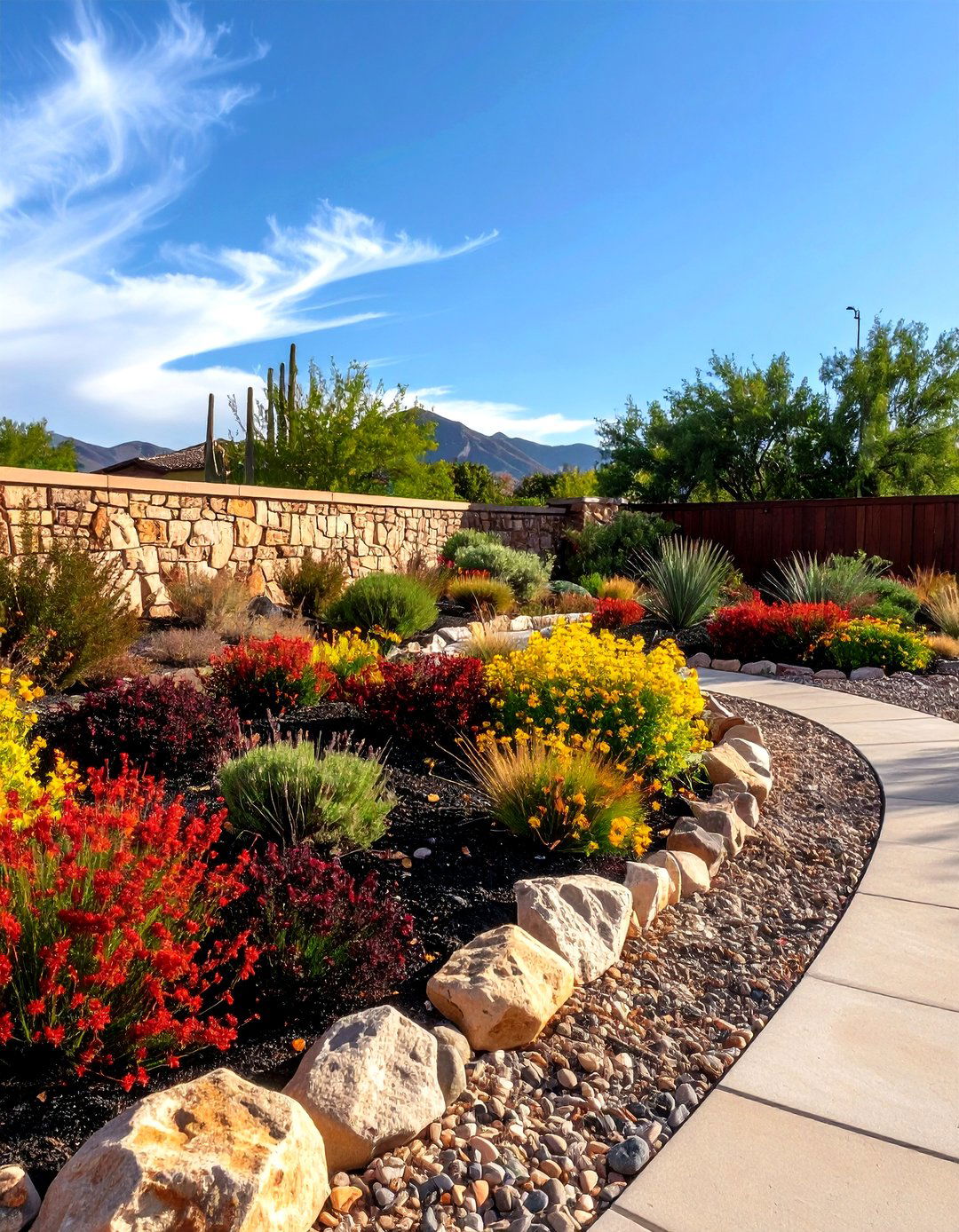
We're designing in an age of droughts, floods, and collapsing insect populations, where this trend's not about style—it's about survival. Climate change requires thoughtful plant selection and garden design that reduces fire risk while maintaining beauty and functionality. Choose fire-resistant plants with high moisture content, remove flammable vegetation near structures, and create defensible space through strategic plant placement. Use hardscaping elements like gravel paths and stone walls as firebreaks, maintain irrigation systems for emergency use, and select native plants adapted to your region's fire cycles. Keep gardens well-maintained by removing dead plant material, pruning lower branches on trees, and spacing plants appropriately. These protective landscapes can be both beautiful and potentially life-saving investments.
20. Greenhouse Extension Gardens for Season Extension
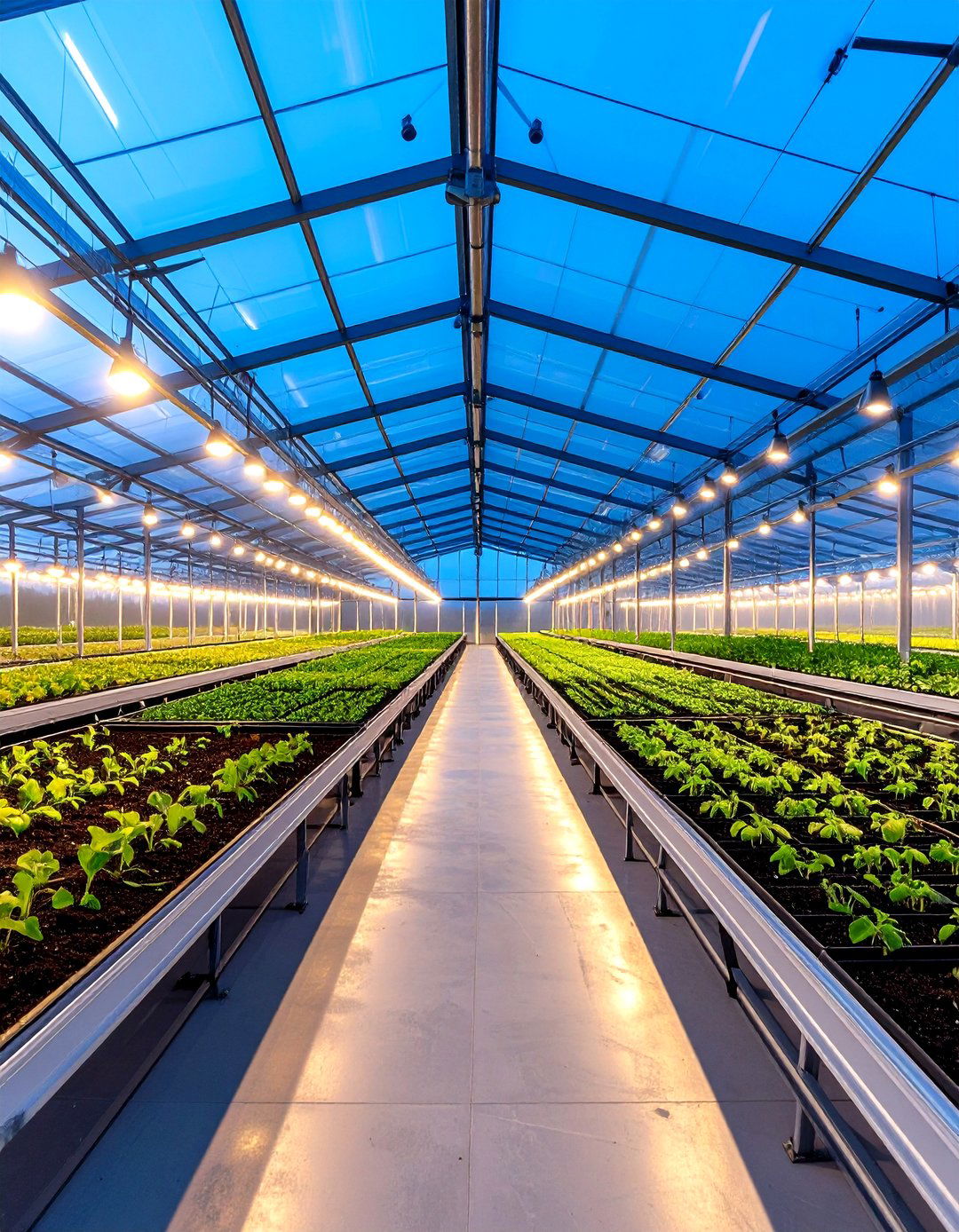
More and more people are finding ways to grow no matter the time of year, extending growing seasons with protection like frost cloth, floating row covers, or even cold frames. While many gardeners lack space for large greenhouses, small glass terrariums offer a unique and charming way to display plants as micro-ecosystems. Extend your growing season and protect tender plants using various season extension techniques from simple to sophisticated. Install cold frames for early spring starts and late fall harvests, use row covers to protect plants from unexpected frost, and consider small greenhouse structures for year-round growing. Start seeds indoors under grow lights, create microclimates with strategic placement of thermal mass, and choose appropriate varieties for your climate zone. These protected growing environments allow experimentation with plants outside your normal hardiness zone and provide fresh food throughout winter months.
Conclusion:
These twenty garden ideas reflect the exciting evolution of modern gardening, where beauty meets sustainability and innovation enhances traditional practices. As we move through 2025 and beyond, these themes will continue shaping how we interact with our outdoor spaces and the natural world around us, creating gardens that enrich our lives while positively impacting the environment. Whether you choose native plant gardens for ecological benefits, smart technology for simplified maintenance, or community gardens for social connection, each approach offers unique opportunities to create meaningful outdoor experiences. Start small with one or two concepts that resonate with your lifestyle and space, then gradually expand as you gain confidence and experience. Your garden can become a personal sanctuary that reflects your values while contributing to a healthier, more sustainable world for future generations to enjoy.


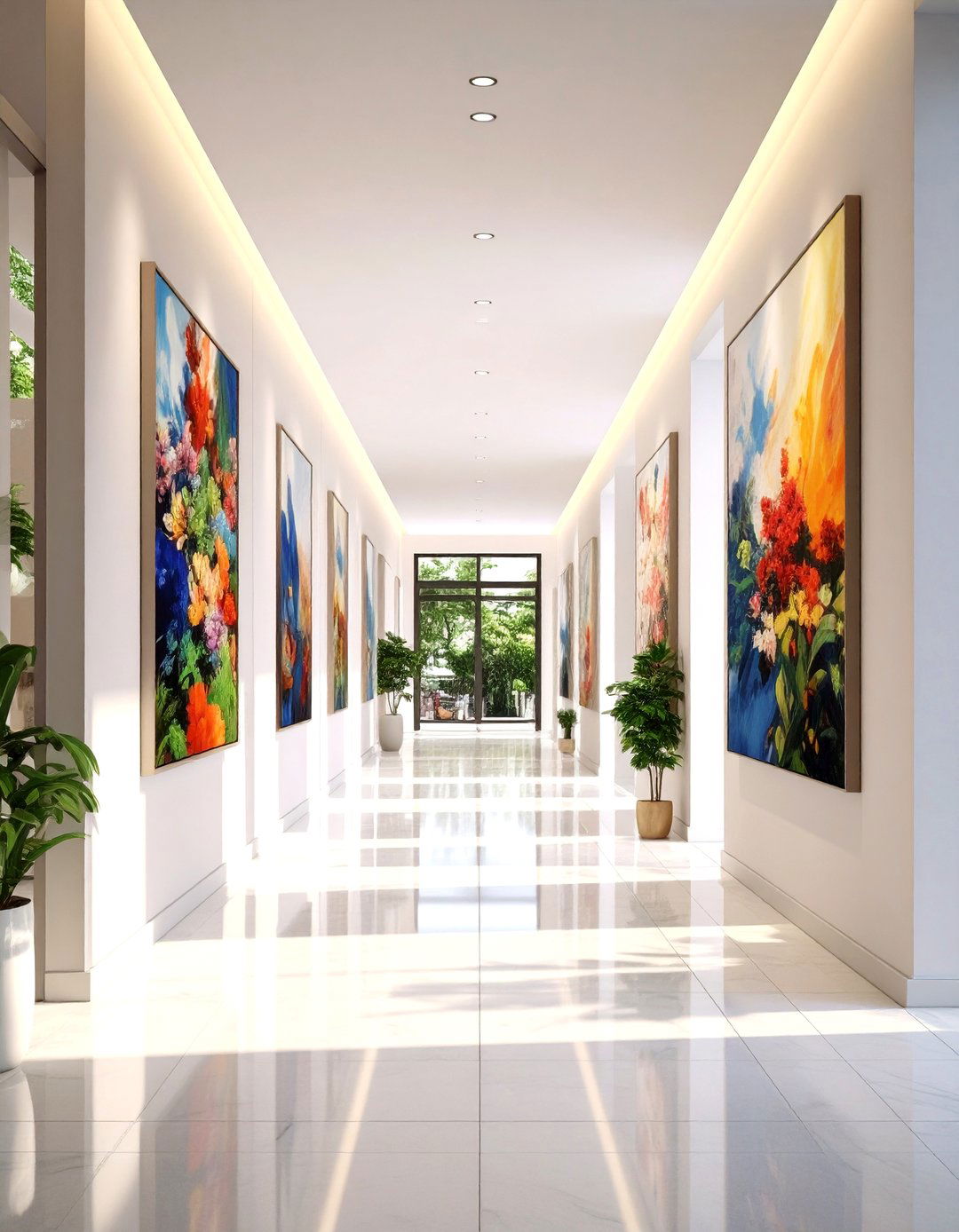

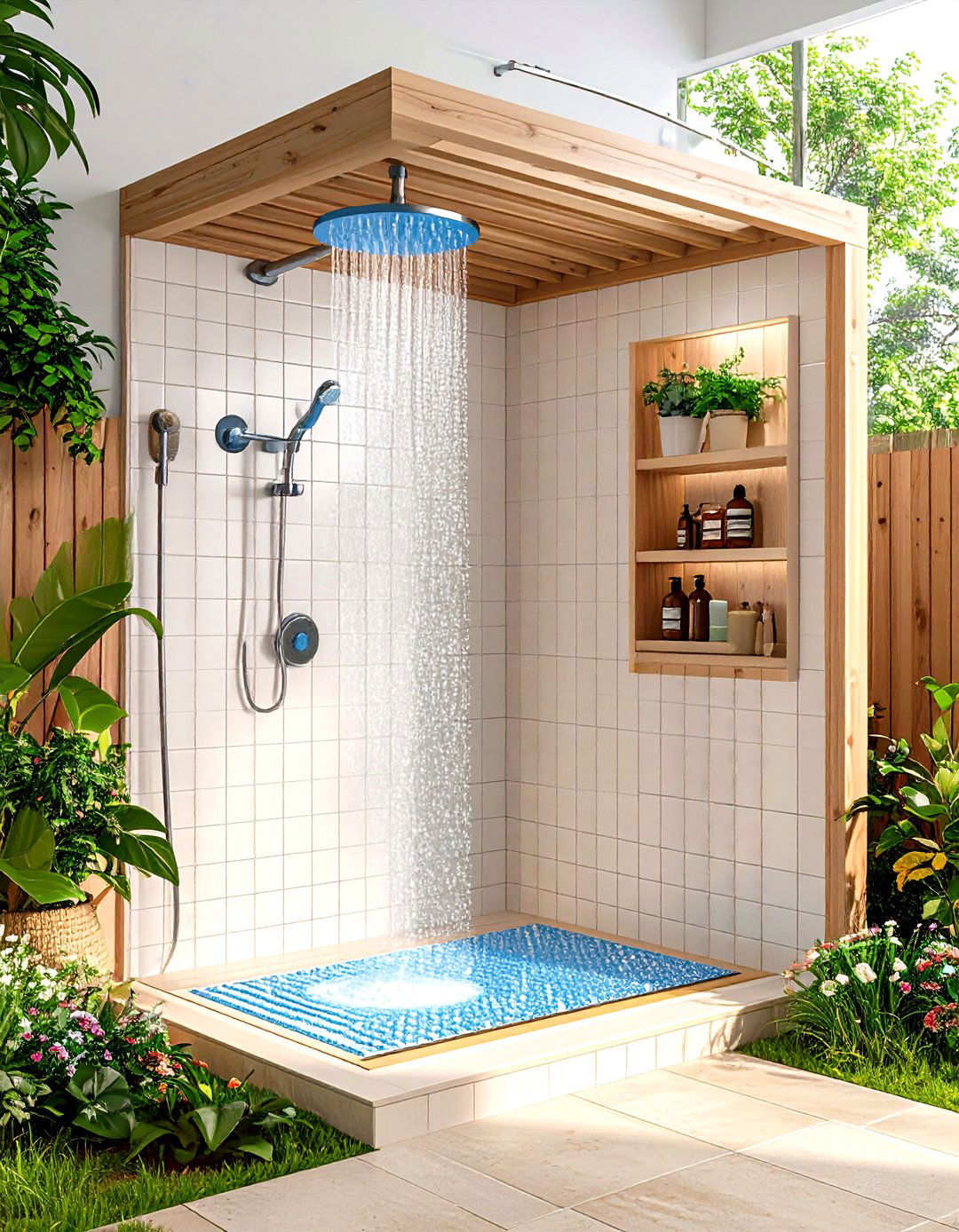

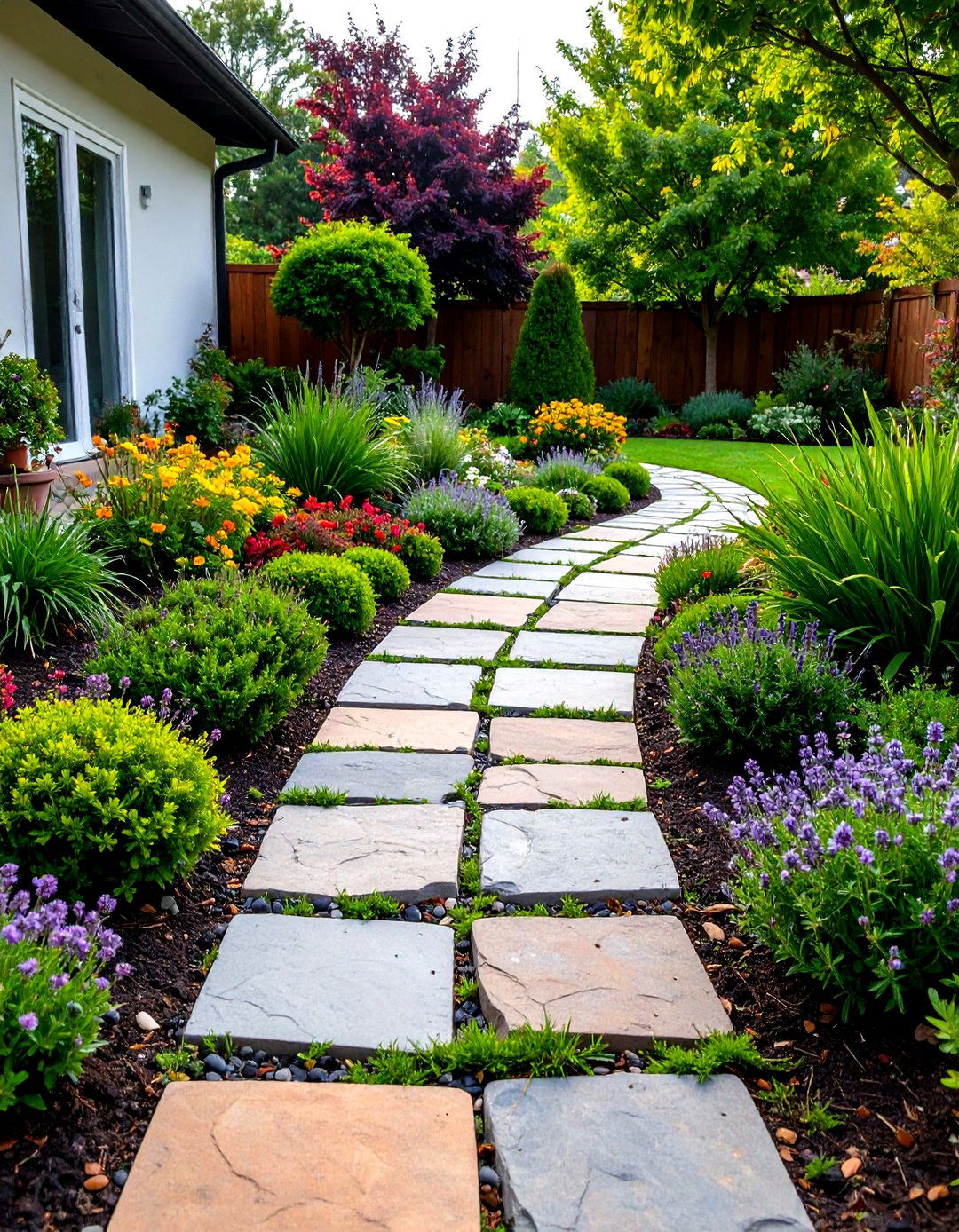
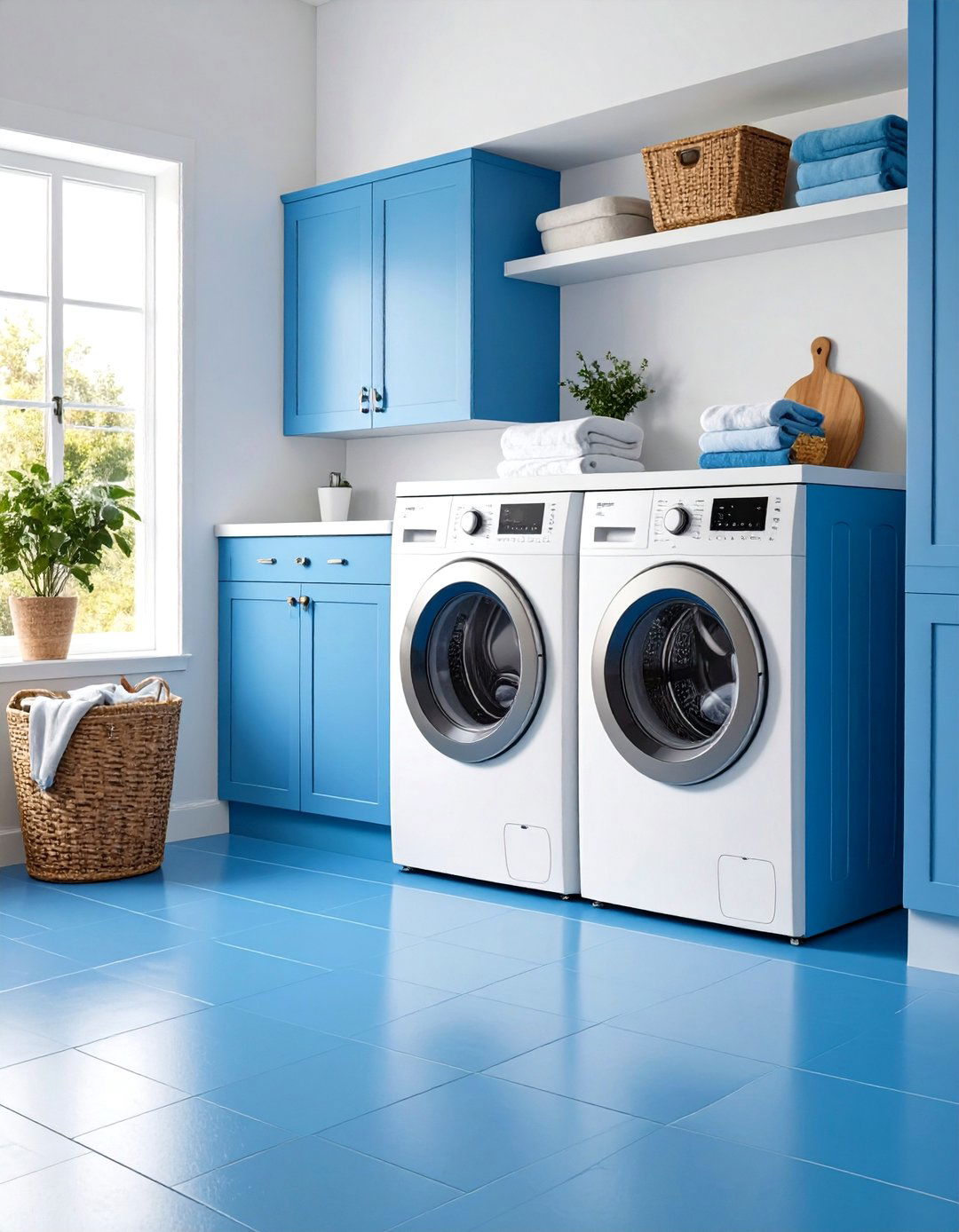
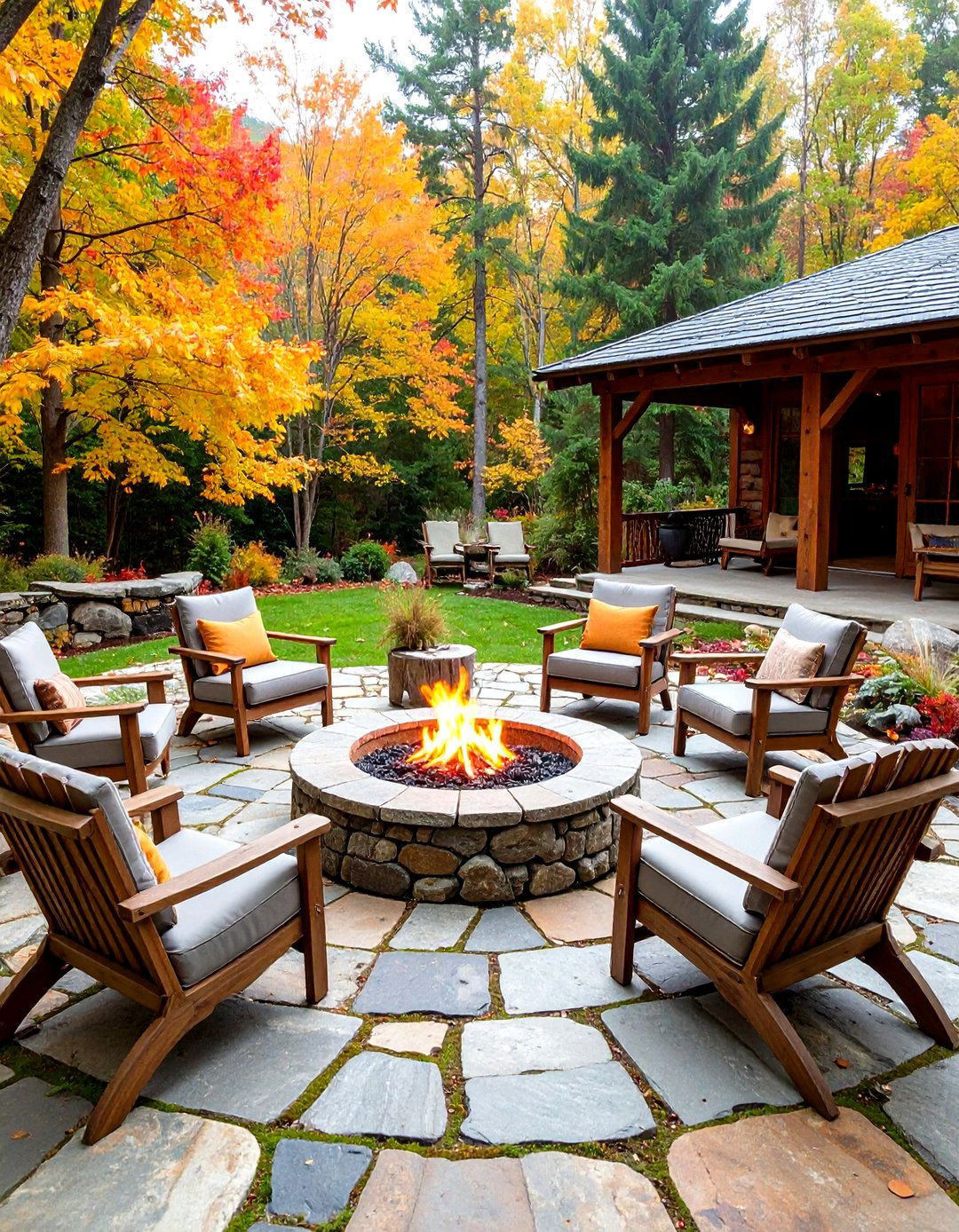
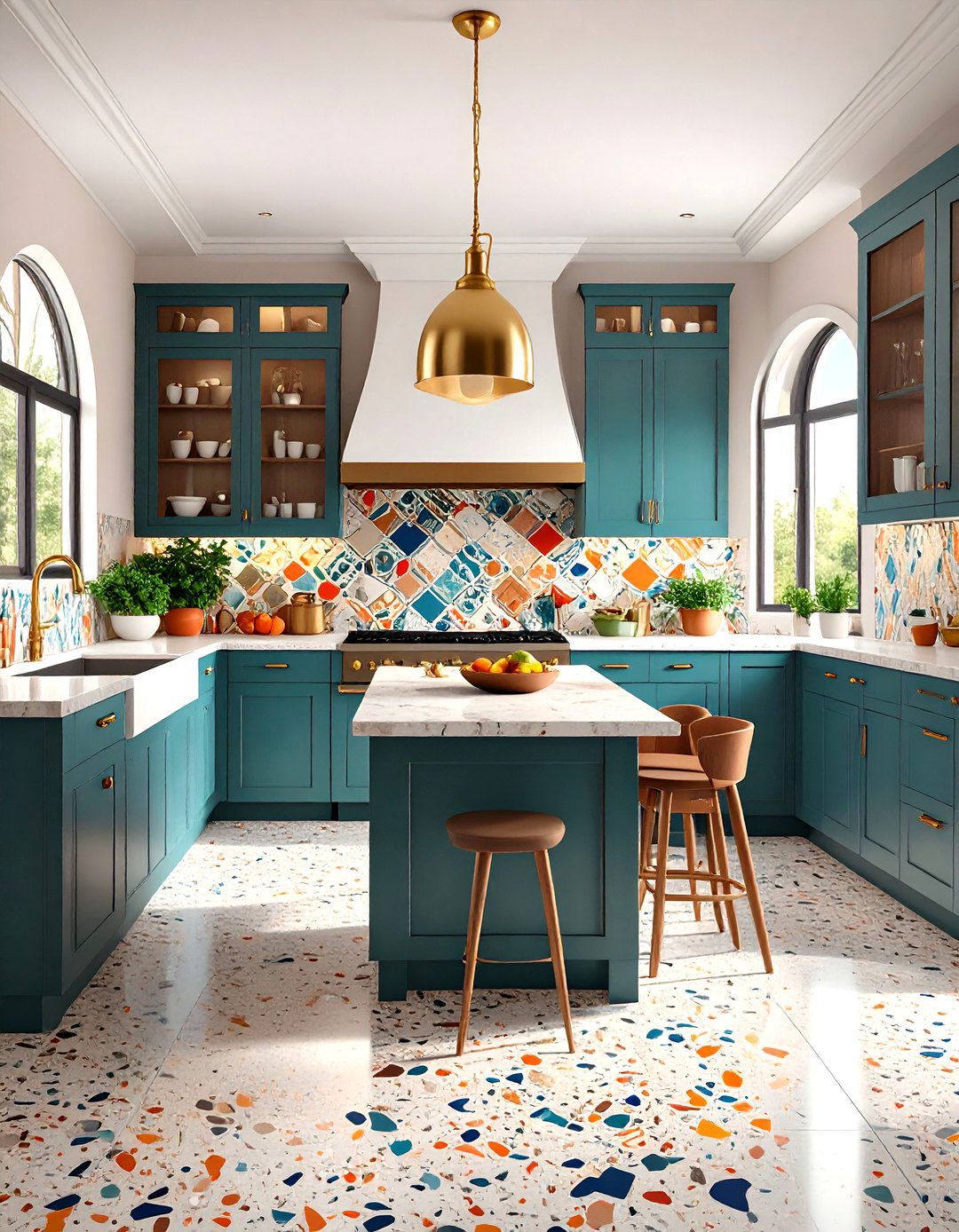
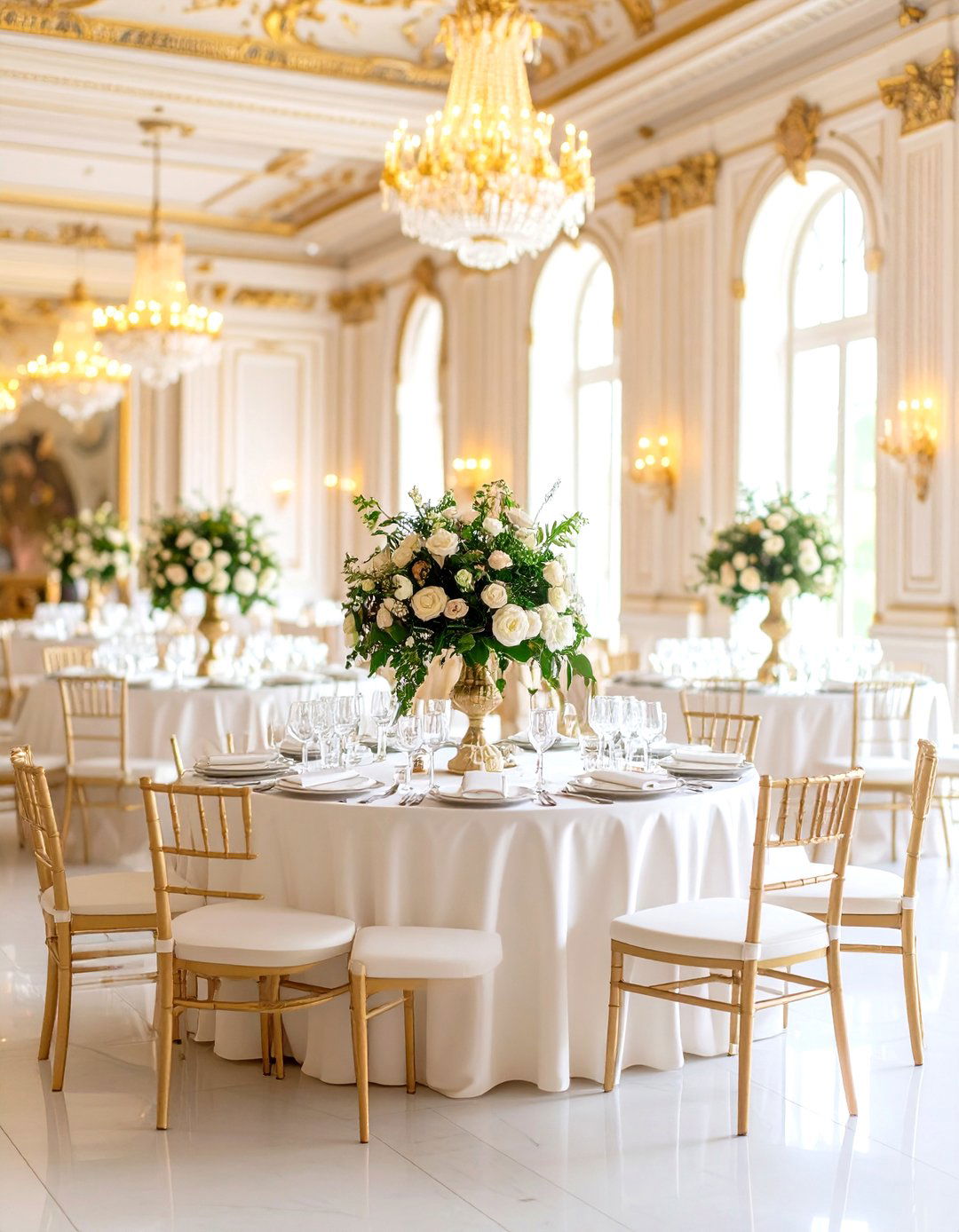

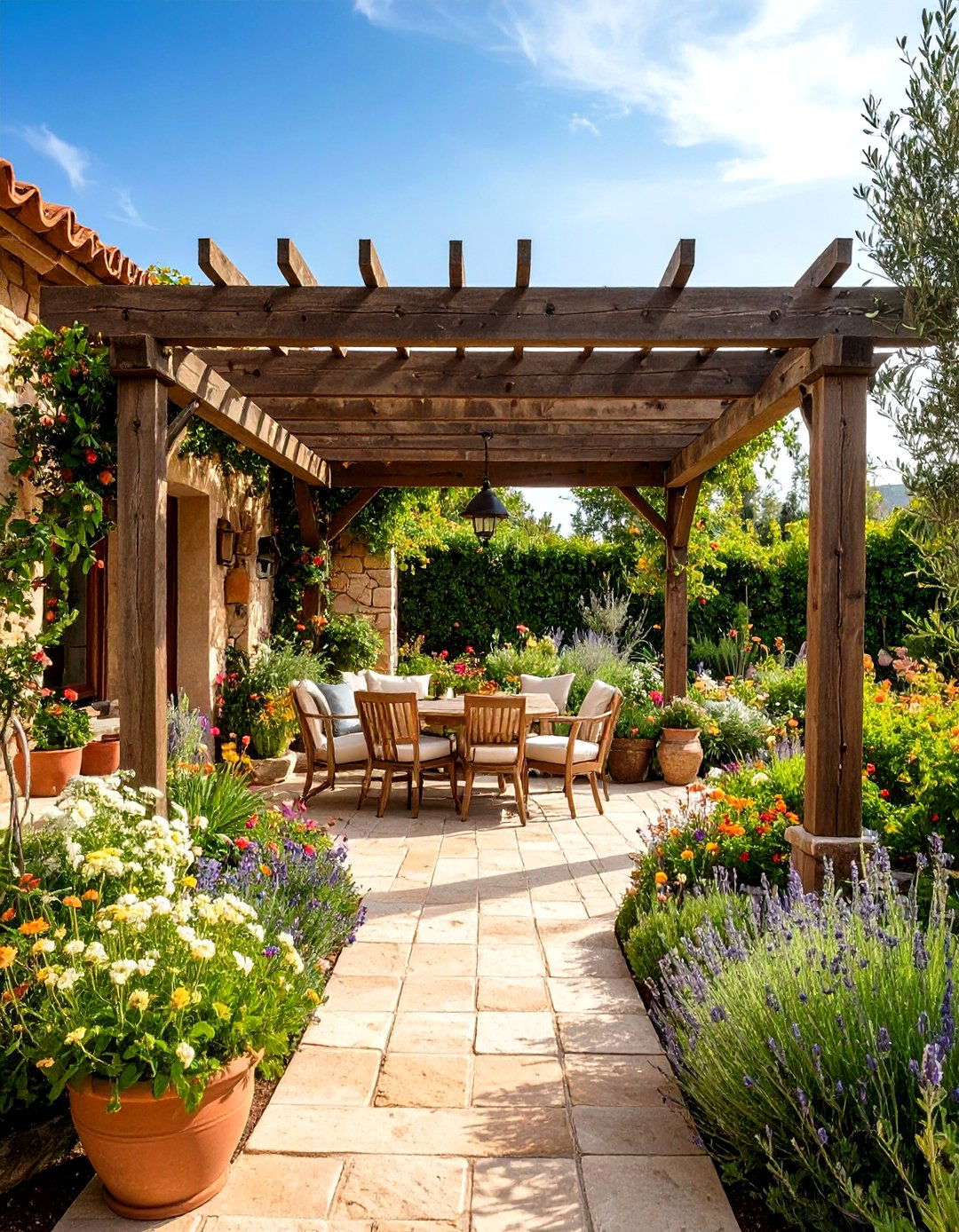
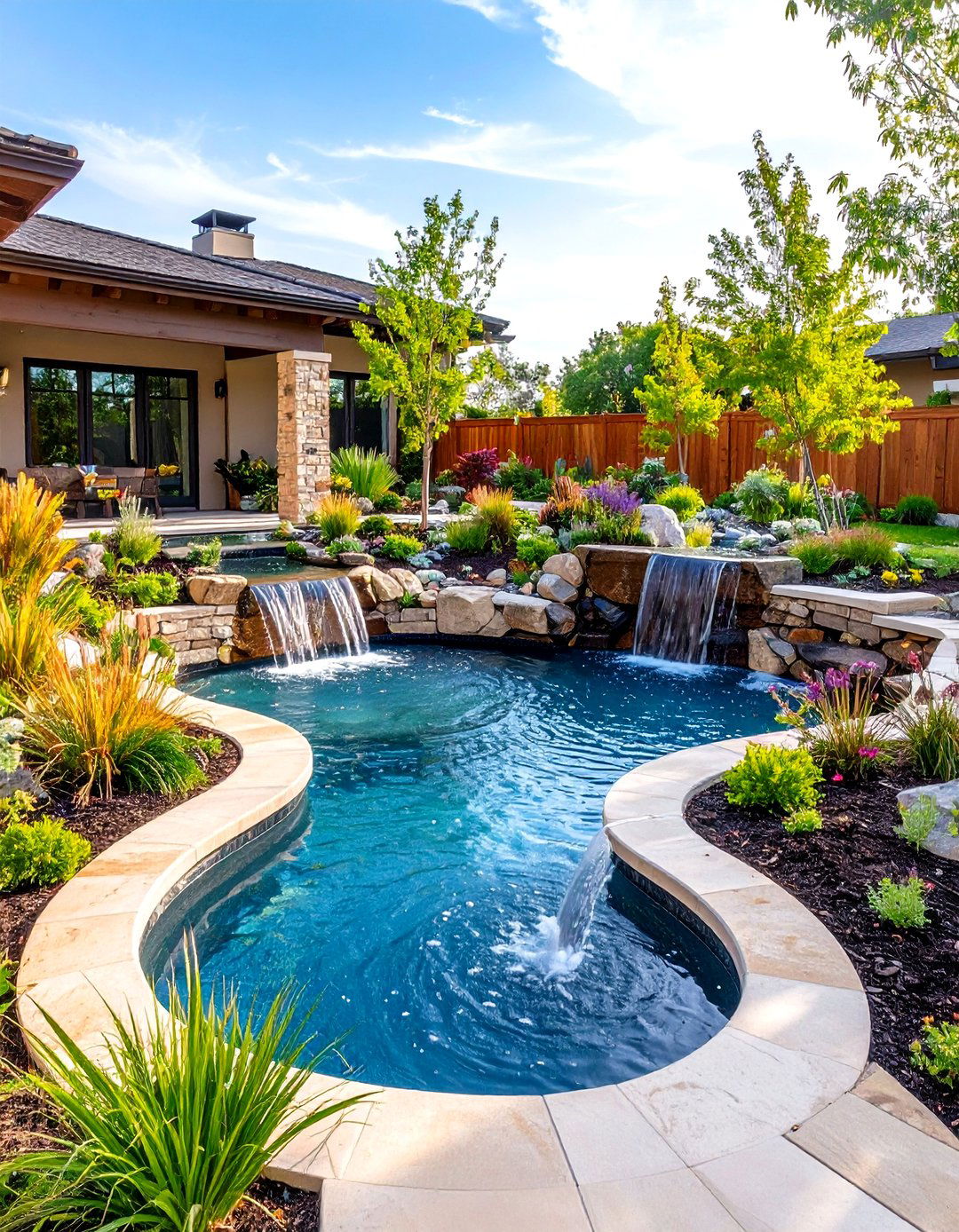
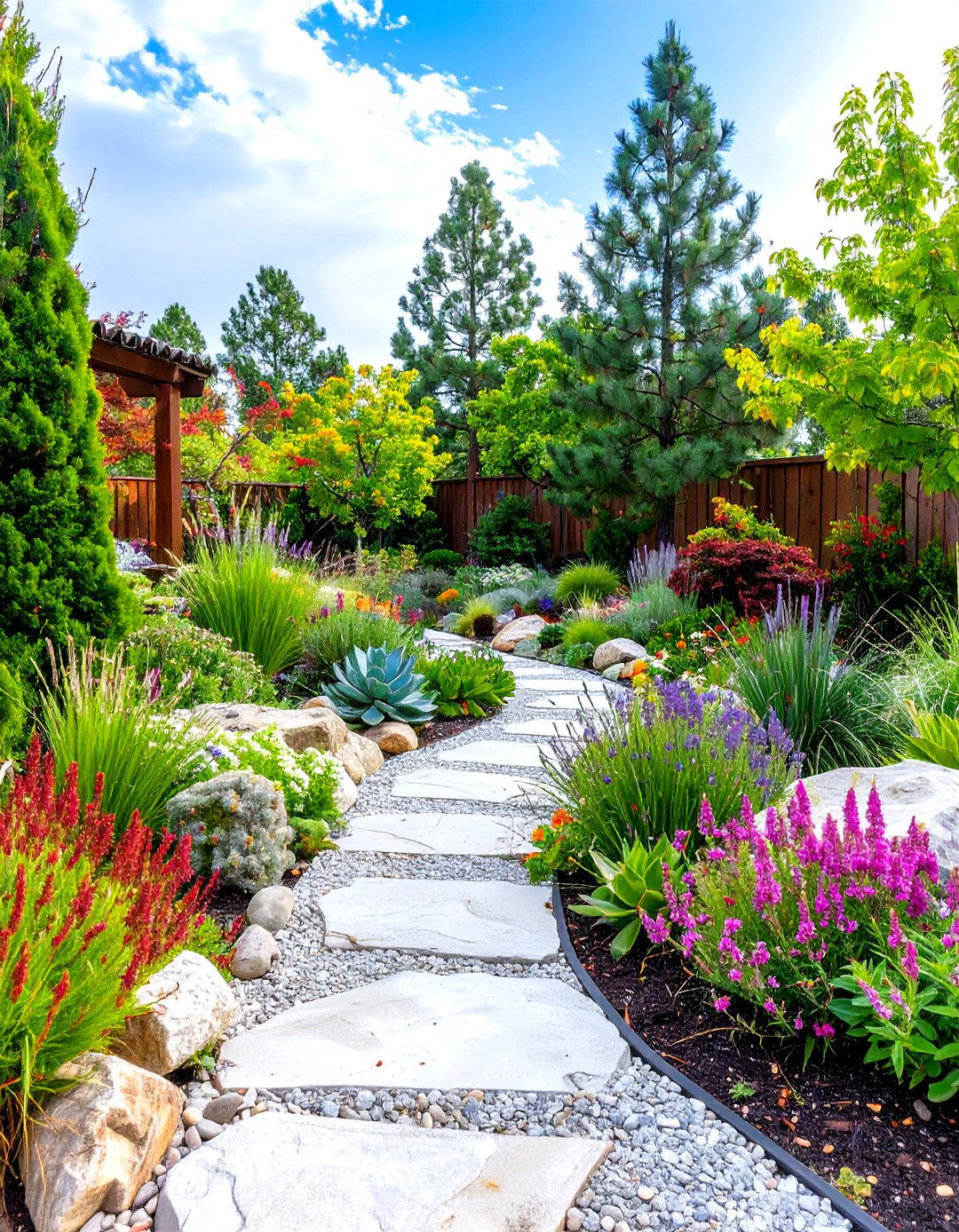
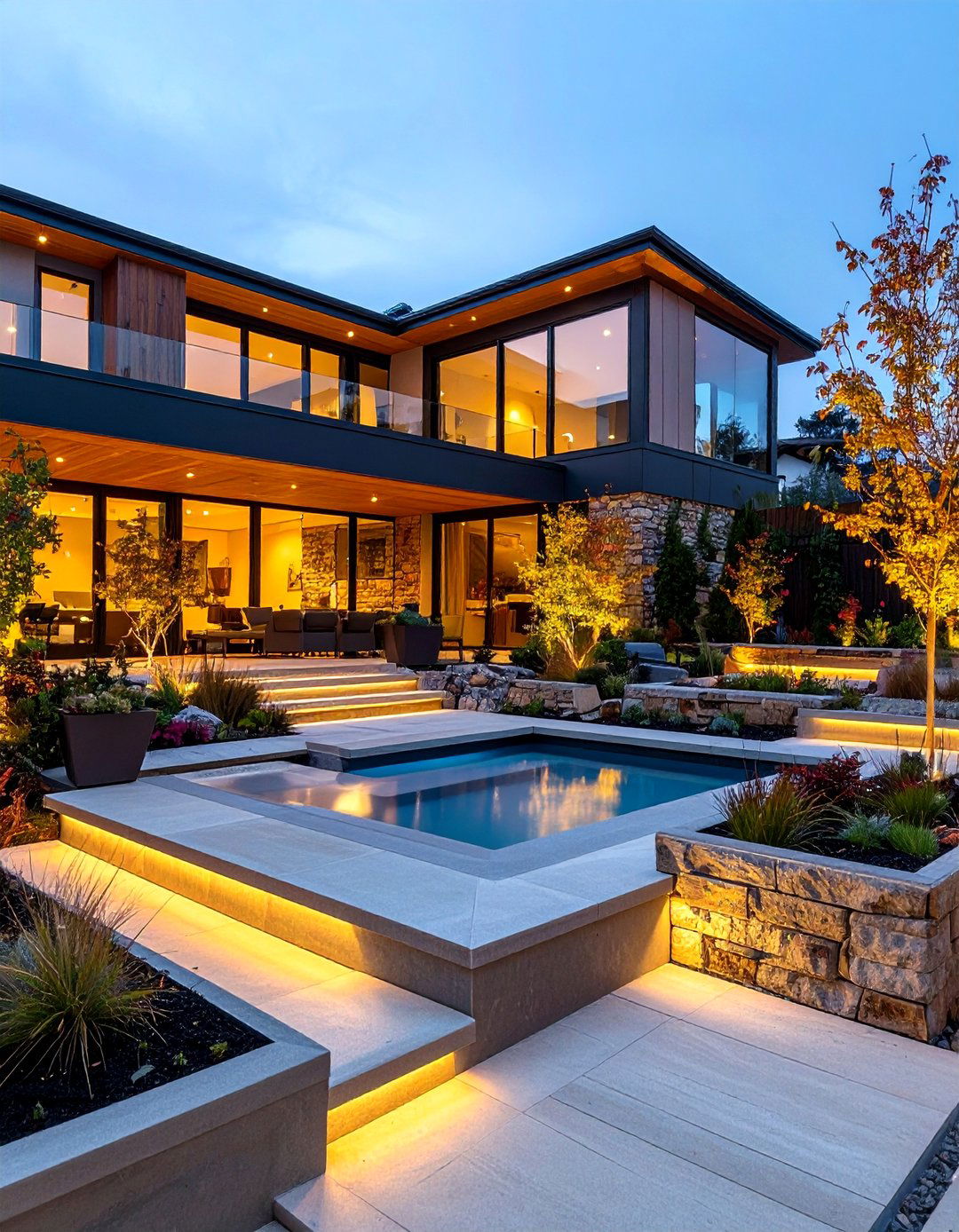
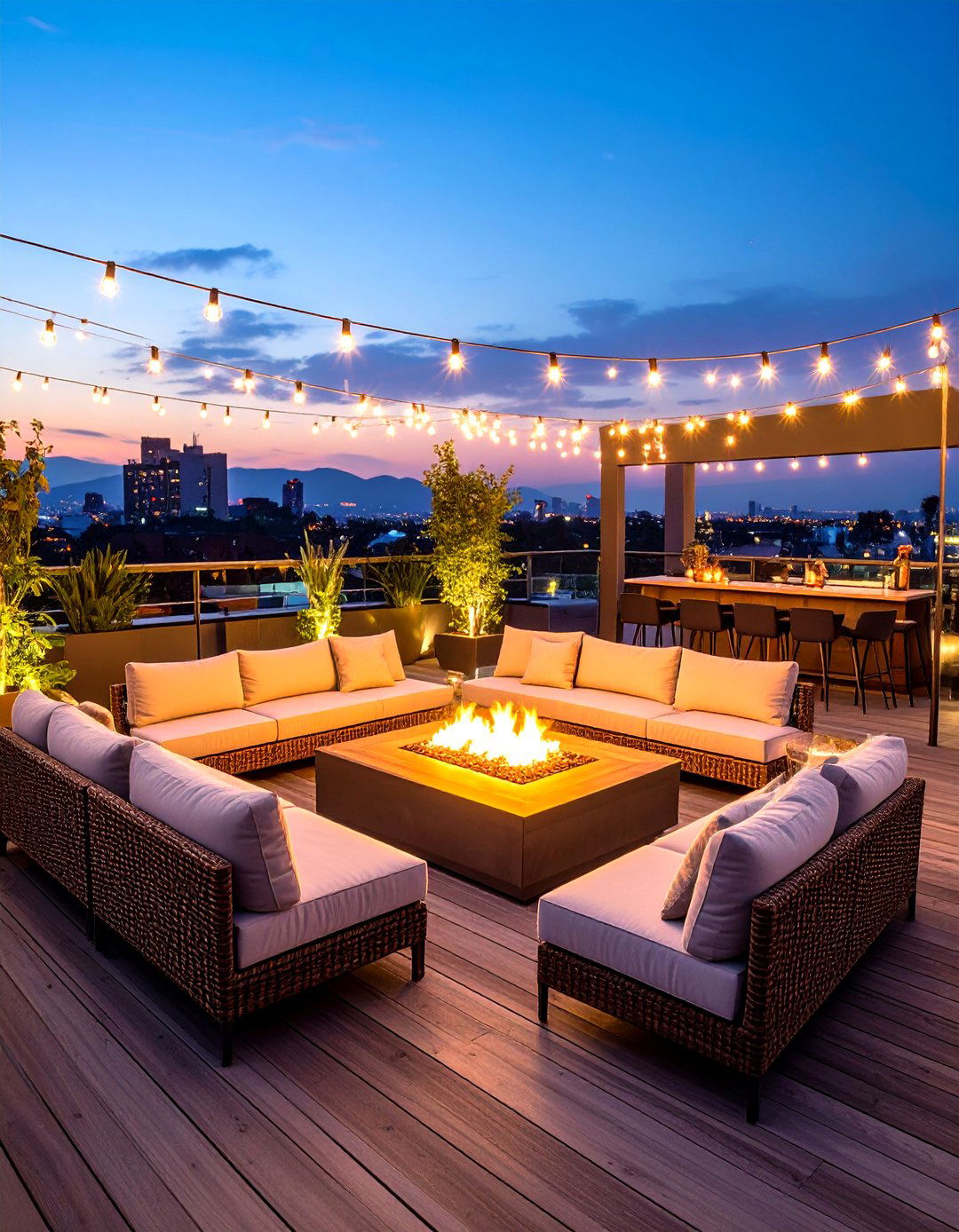
Leave a Reply